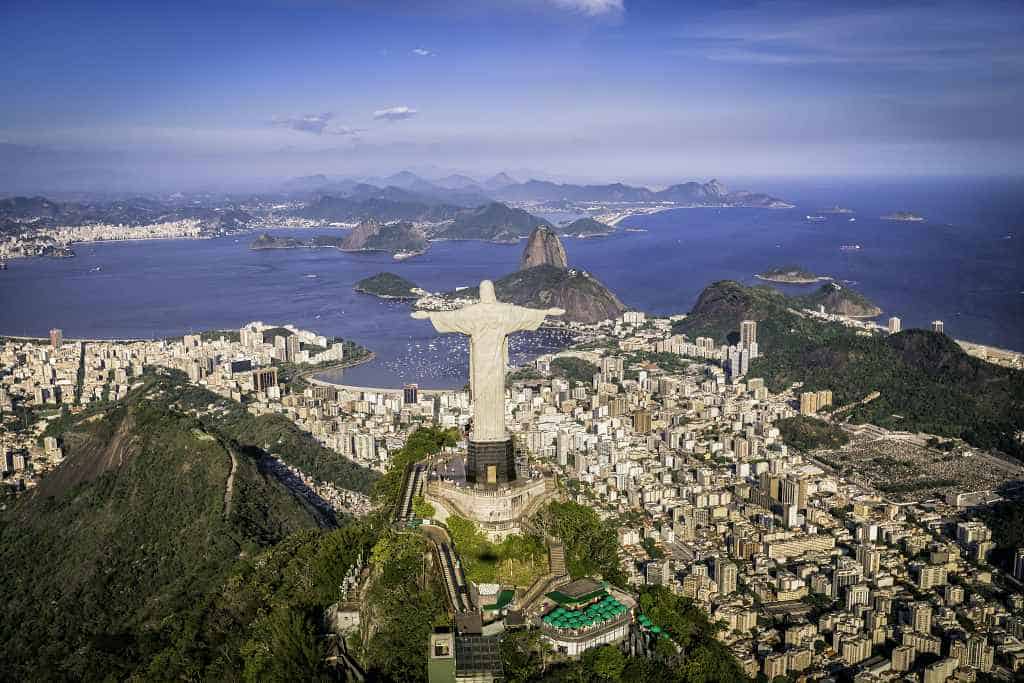Planning to spend 3 days in Rio de Janeiro? In this guide, you will find the best things this amazing city has to offer in only 3 days including where to eat and where to stay.
Rio de Janeiro, or simply Rio, is the second-most populous city in Brazil and the sixth-largest city in the Americas. It is famous for its towering sculpture of Christ the Redeemer, the Sugarloaf Mountain, its beaches, and its favelas, as well as its street art and dance scene. Rio was founded by Portuguese explorers in the 16th century, though native tribes lived in the region long before that.
The city grew quickly and became one of the largest and most prosperous cities thanks to its port and trade links with Portugal and the rest of Europe. When the Portuguese royal family fled Lisbon ahead of Napoleon’s invasion in 1808, the city became the only European capital outside of Europe.
Brazil declared independence from Portugal in 1822 and Rio remained the capital. Until the early 20th century much of the city was concentrated in the Centro around Guanabara Bay, but by 1910 neighborhoods had built up in the south in Botafogo and Copacabana (Zona Sul), and to the north (Zona Norte) which now encompasses most of the great metropolitan area. Zona Oeste, or the West Zone, lies west of Ipanema and Copacabana and the main neighborhoods here are Cidade de Deus and Barra de Tijuca.
Rio is no longer the capital of Brazil, that honor having been given to newly built Brasilia in 1960, yet it is one of the most visited cities in Brazil. The population of Rio is estimated at around 6 million in the city itself and over 13 million in the greater metropolitan area.
Disclaimer: This post contains affiliate links. This means that should you click on certain links, and then subsequently purchase a product, I will receive a small commission.
Table of Contents
How to Get To and From the Airport
Rio de Janeiro’s airport, also known as António Carlos Jobim/Galeão International Airport, is located 12 miles north of the city. The airport is linked with the subway system via the TransCarioca bus line; travelers wanting to connect with the city’s subway must get off the bus at Vincente de Carvalho station. There are also airport express buses that connect travelers with the city center. All bus and train tickets can be purchased inside the arrivals terminal.
A taxi or private driver is the most convenient way to get from the airport to your accommodation; taxis can be booked at the arrivals hall. Private drivers are the most expensive way to get into the city but will meet you inside the arrivals hall and escort you to the car. These must be booked in advance.
Click here to book your shuttle from the airport to your hotel.
Things to do in Rio de Janeiro in 3 days
3 Days in Rio – Day One
Christ the Redeemer
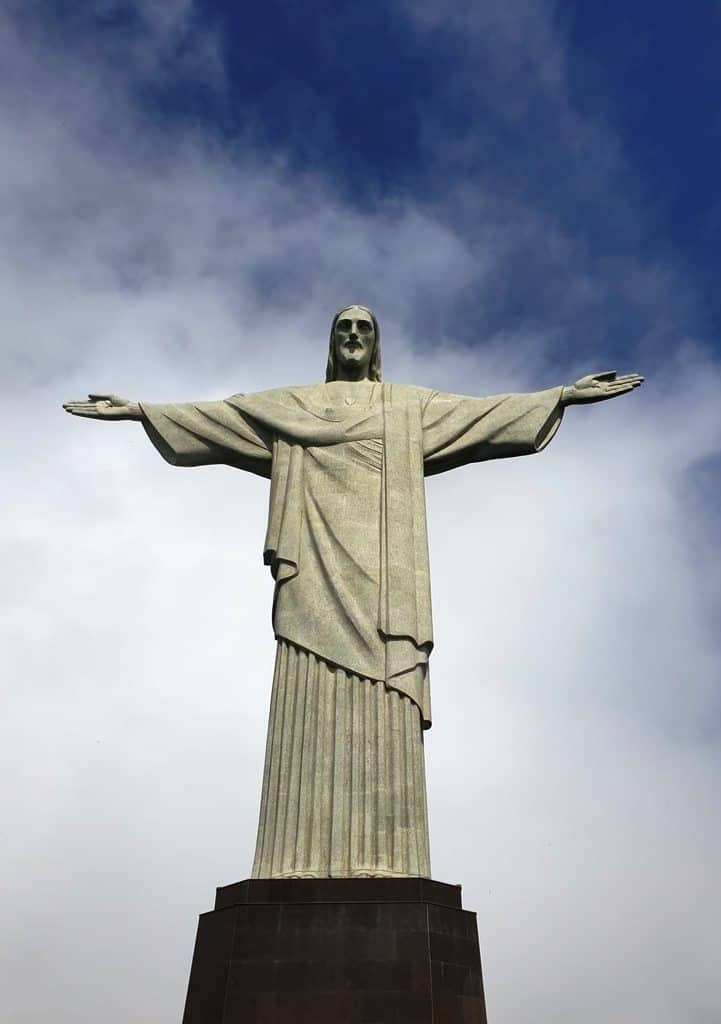
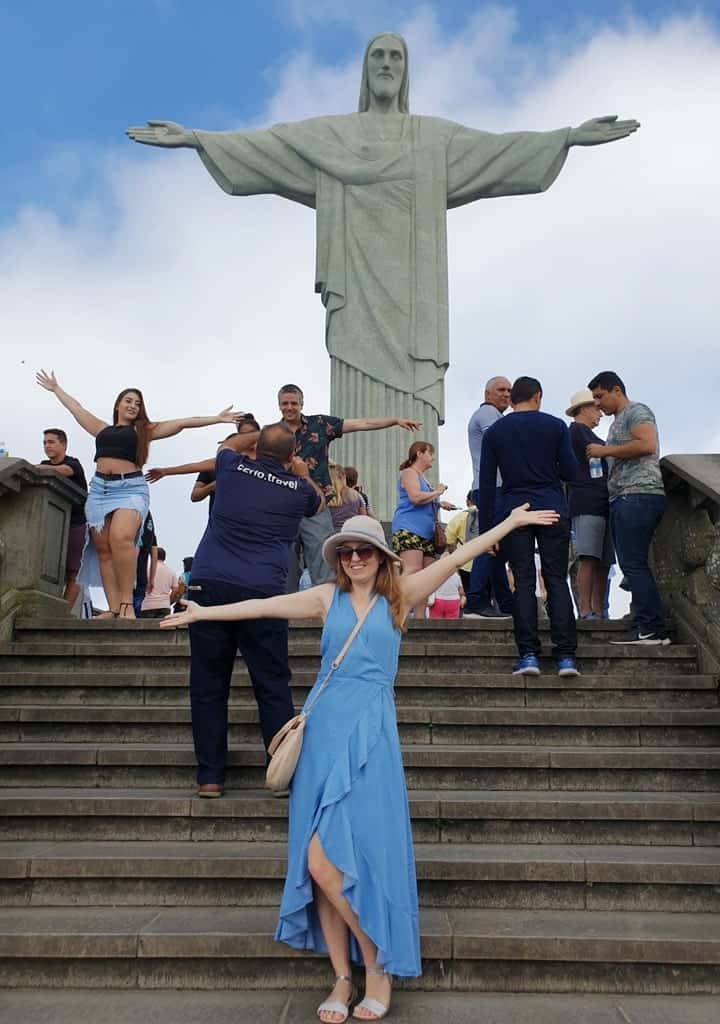
High atop the Corcovado Mountain, overlooking the city of Rio, is the Cristo Redentor statue. Built between 1922 and 1931, the sculpture rises 38 meters above the mountain. Christ’s arms stretch 28 meters wide. From the top, you have panoramic views of the city, the bay, and Sugarloaf Mountain. The most traditional way to reach the top is by cogwheel train, which winds through the forest to the base of the statue. This is a popular way to get there, so be sure to purchase tickets in advance.
Click here for more information and to buy your priority tickets for Christ the Redeemer.
Copacabana
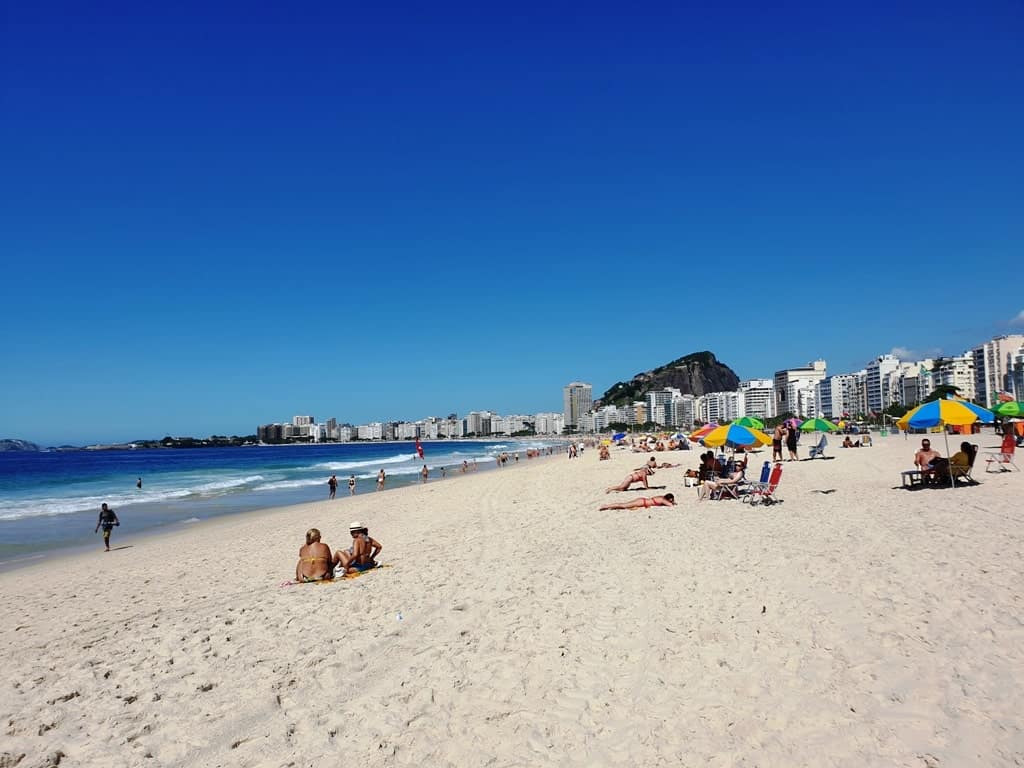
Copacabana is synonymous with Rio. Its wide white sand beach lined with the distinctive Portuguese tiled promenade and hotels draws millions of people each year. The neighborhood begins at Princess Isabella Avenue and continues to Posto Seis; Fort Copacabana is beyond this and Ipanema Beach is beyond that.
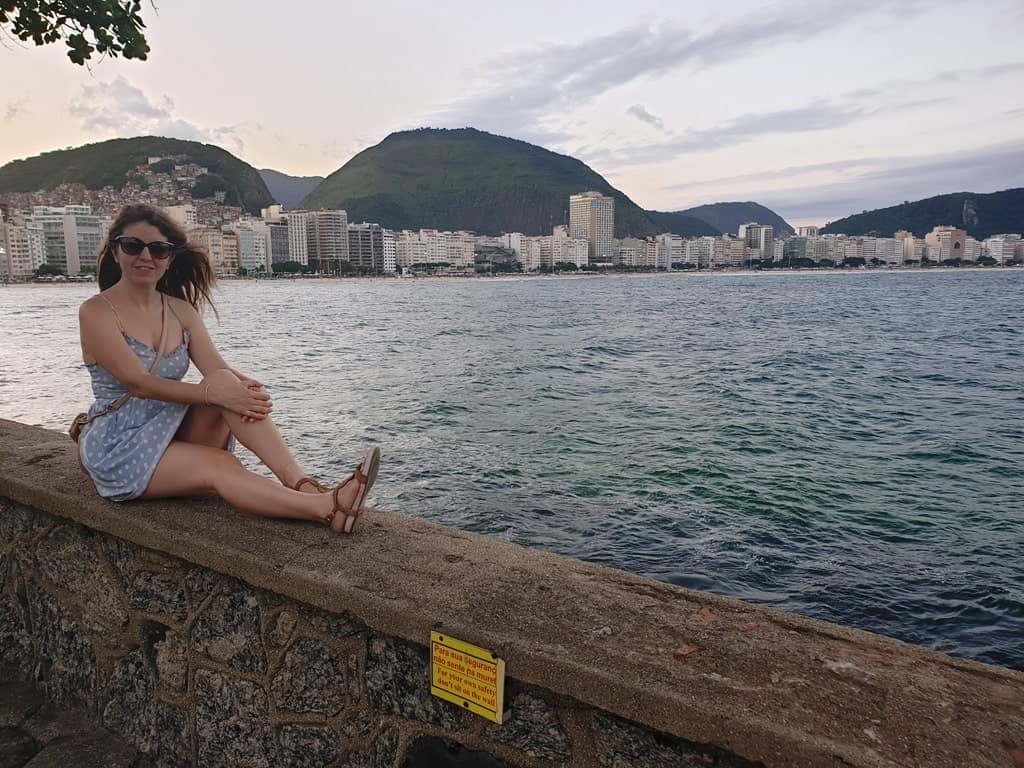
Depending on the time of year you visit, you can experience FIFA Beach Soccer World Cup matches, free concerts, or New Years’ Eve fireworks. Year-round, head for this iconic stretch of coastline for people watching at the beach, souvenir shopping, and caipirinhas. Fort Copacabana is also worth a visit.
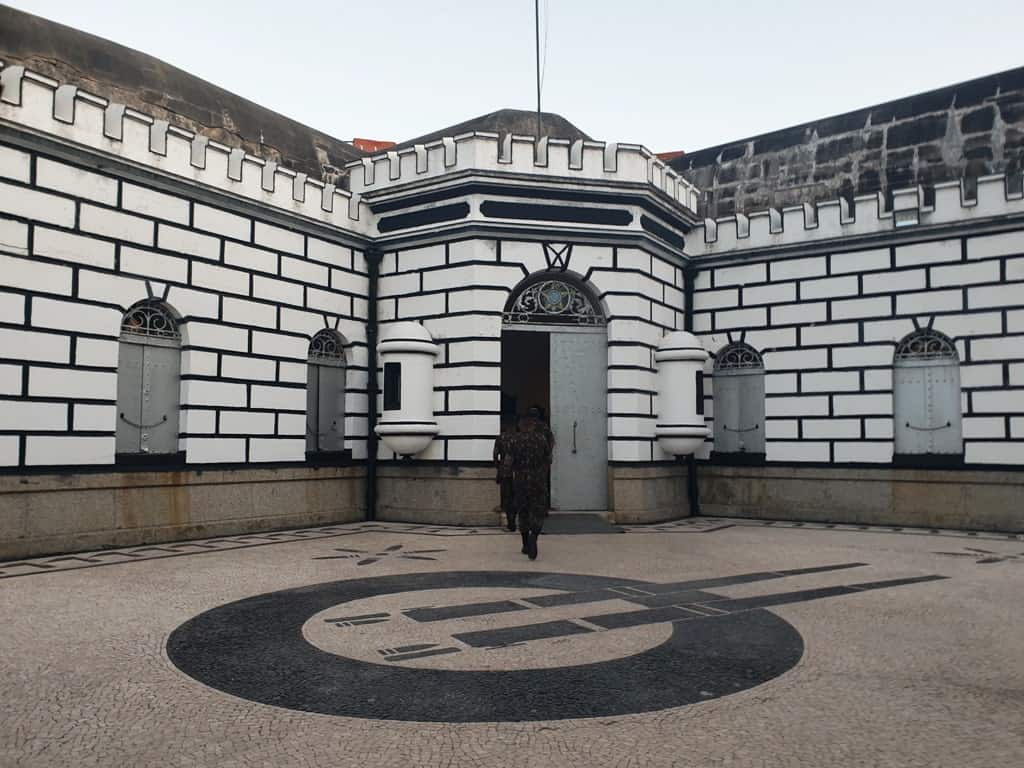
Built-in 1914 to protect the entrance to the harbor, it is still an active military base. Visitors can tour the fort and explore the Army Historical Museum.
Ipanema Beach
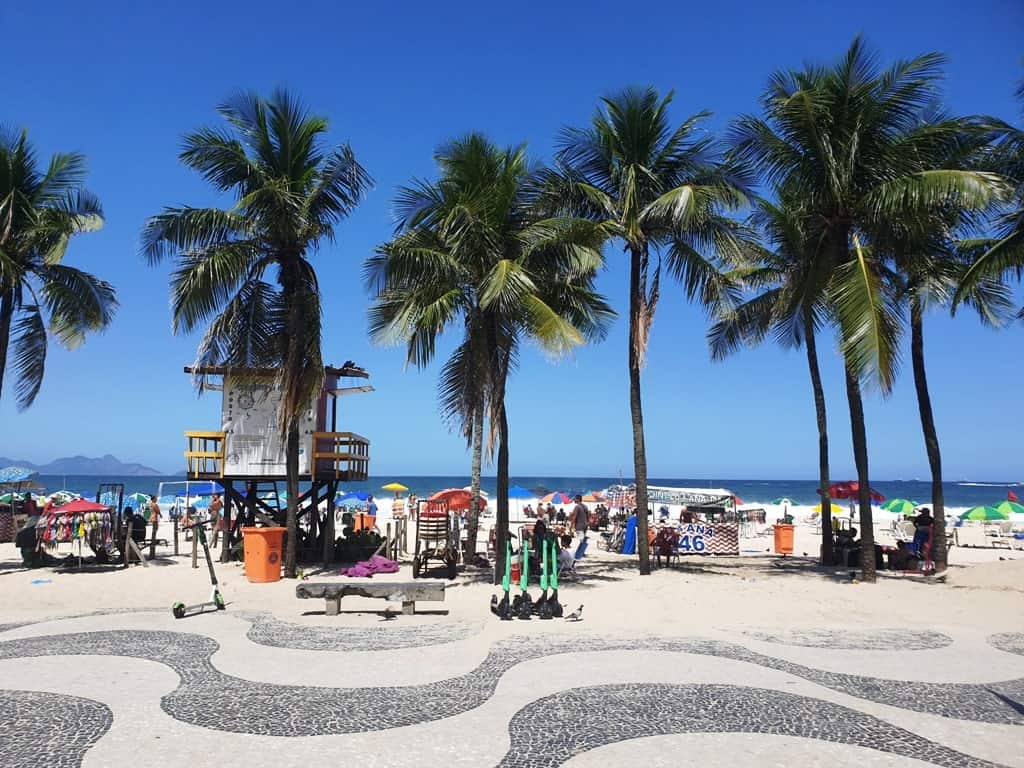
Further down the coast from Copacabana is Ipanema Beach. Famous because of the song The Girl from Ipanema, it is now one of Rio’s most expensive neighborhoods.
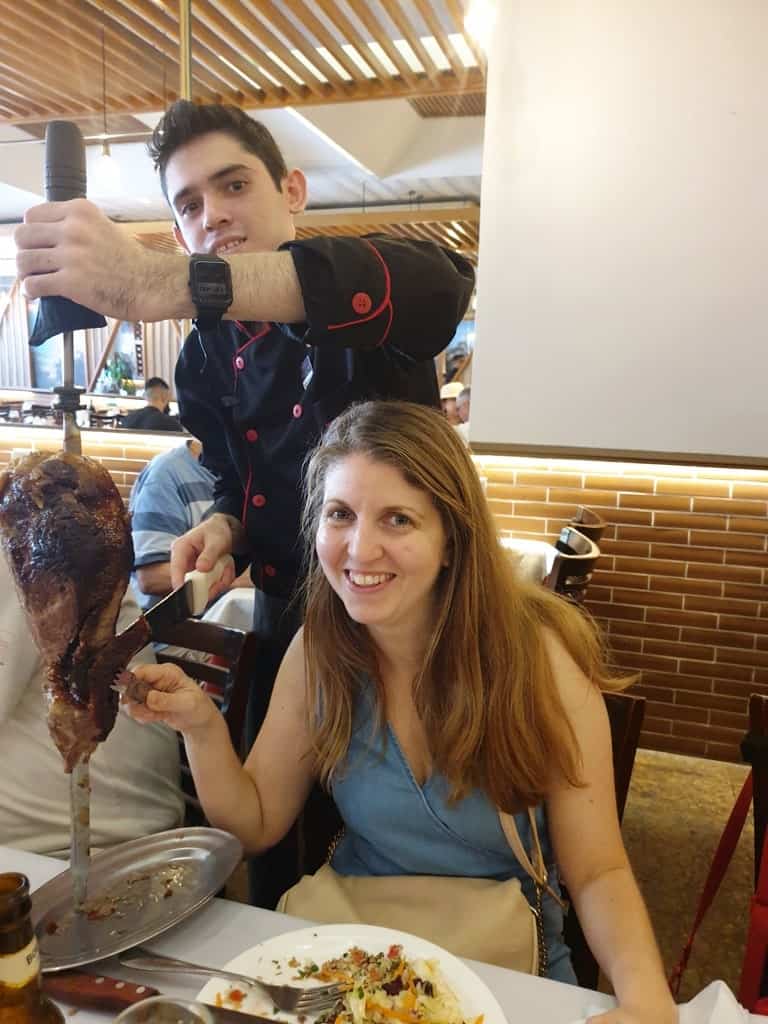
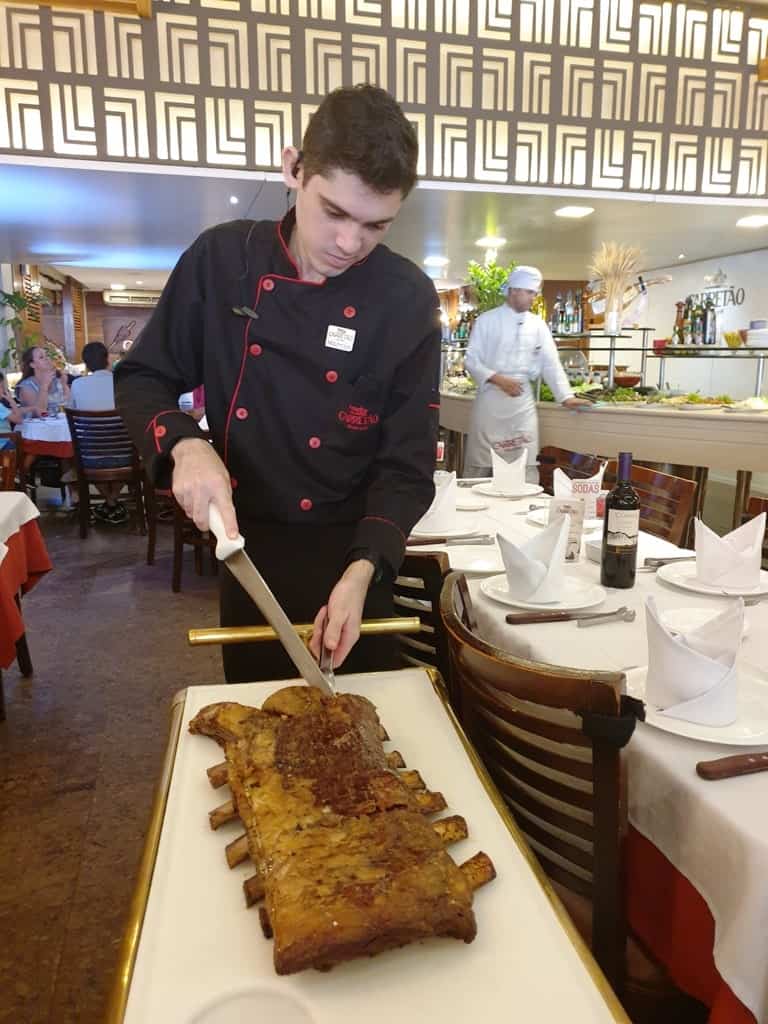
The beach and wide streets of Ipanema attract surfers and beach lovers as well as those in search of good food and local drinks. Stop at Carretao Churrascaria for lunch or dinner; the menu features Brazilian steak as well as an open buffet. Ipanema also has a large counter-culture, centered around Posto 9.
Leblon Beach
Adjacent to Ipanema is Leblon, Rio’s ritziest and trendiest neighborhood. Akin to London’s Chelsea neighborhood, Leblon is where you can find boutique shopping, French bistros, and upscale eateries.
3 days in Rio – Day Two
Sao Conrado Beach
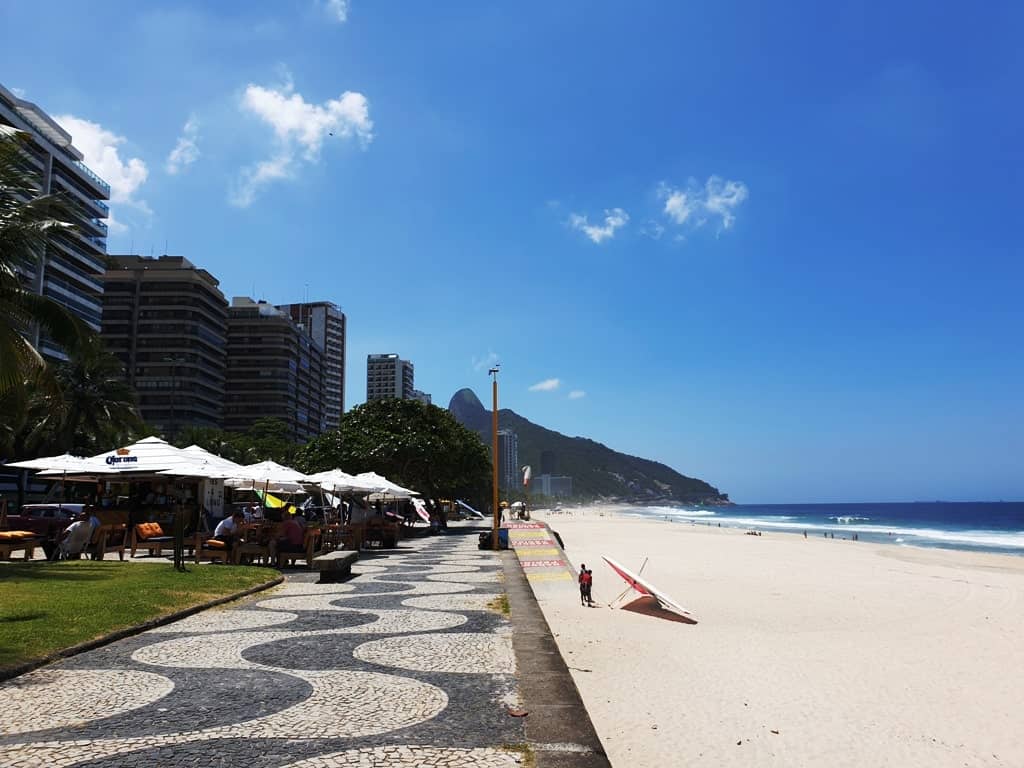
Begin your second day in Rio at Sao Conrado Beach, west of Leblon. Another expensive neighborhood (home to celebrities and Rio’s mayor), it is home to the Fashion Mall, with over 150 upscale shops.
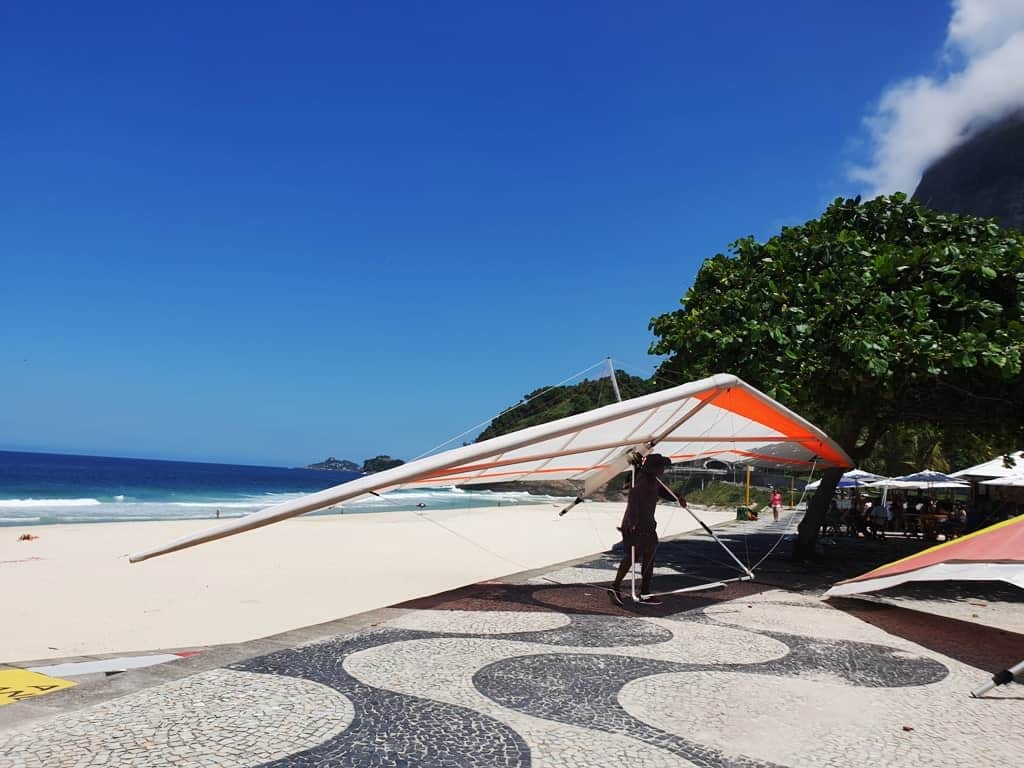
Sao Conrado is also extremely popular for hang gliding, paragliding, and surfing! Located at the base of Gavea Rock, Sao Conrado is also near the Rocinha favela.
Interested in a Hang Gliding Tandem Flight? I recommend this one, check here for more information.
Sugarloaf Mountain
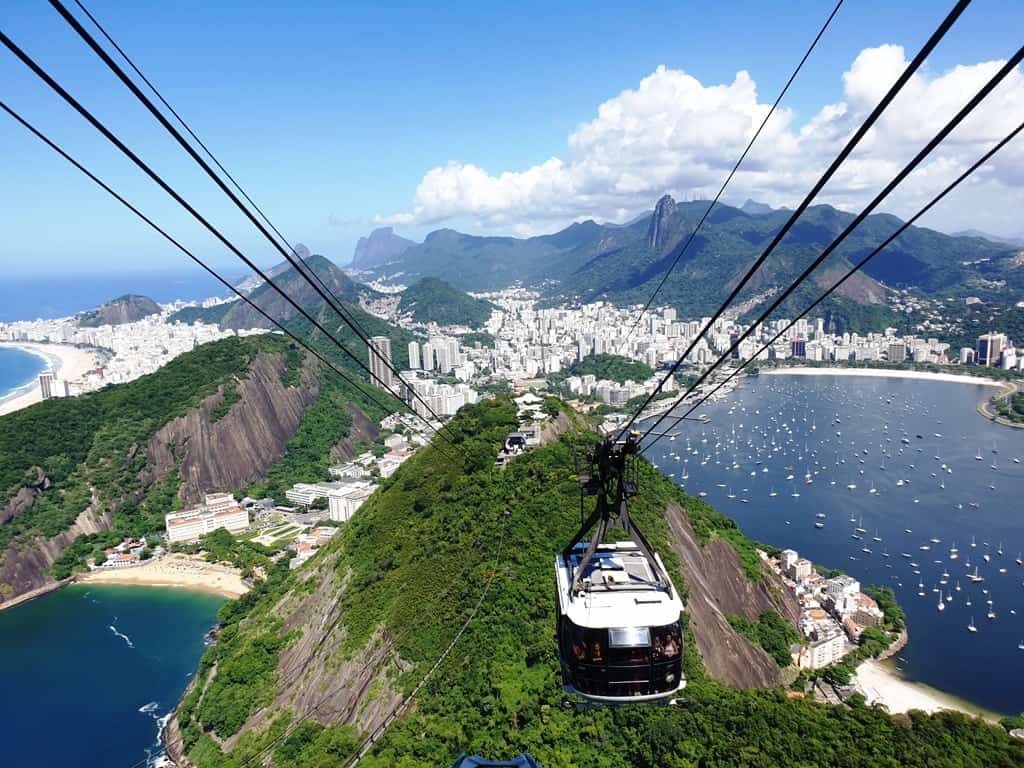
Sugarloaf Mountain rises nearly 1300 feet above the Rio harbor on a peninsula that juts out into the ocean. It is known for its hundred-year-old cable car that runs between the peak of Sugarloaf and the nearby Morro da Urca.
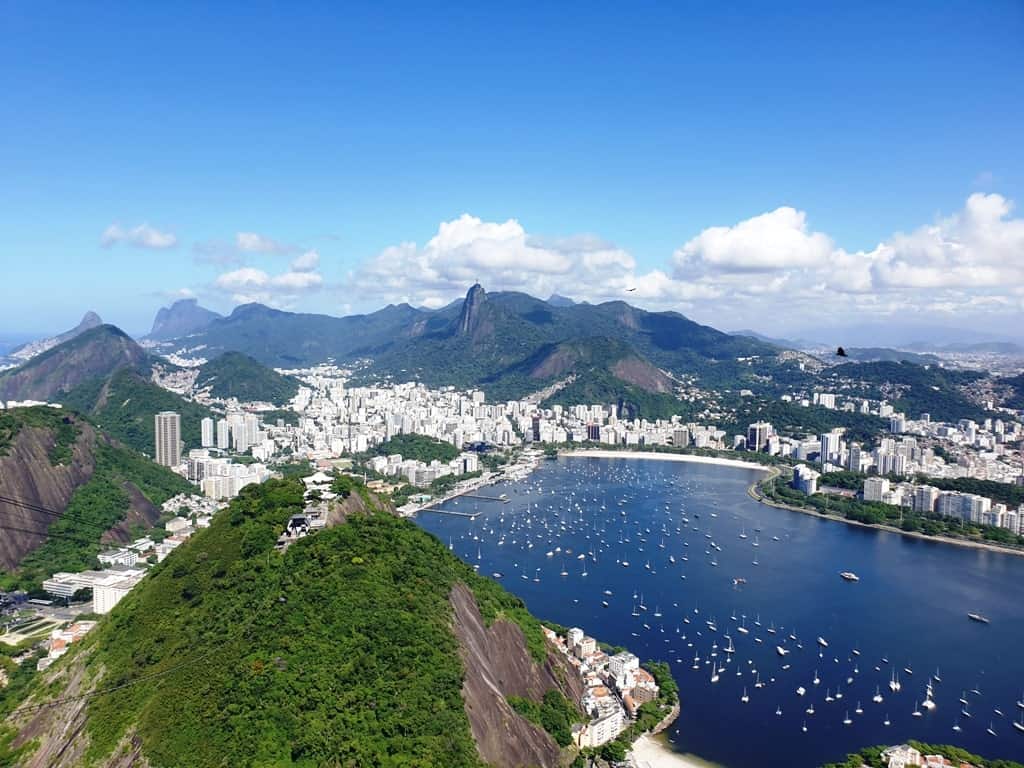
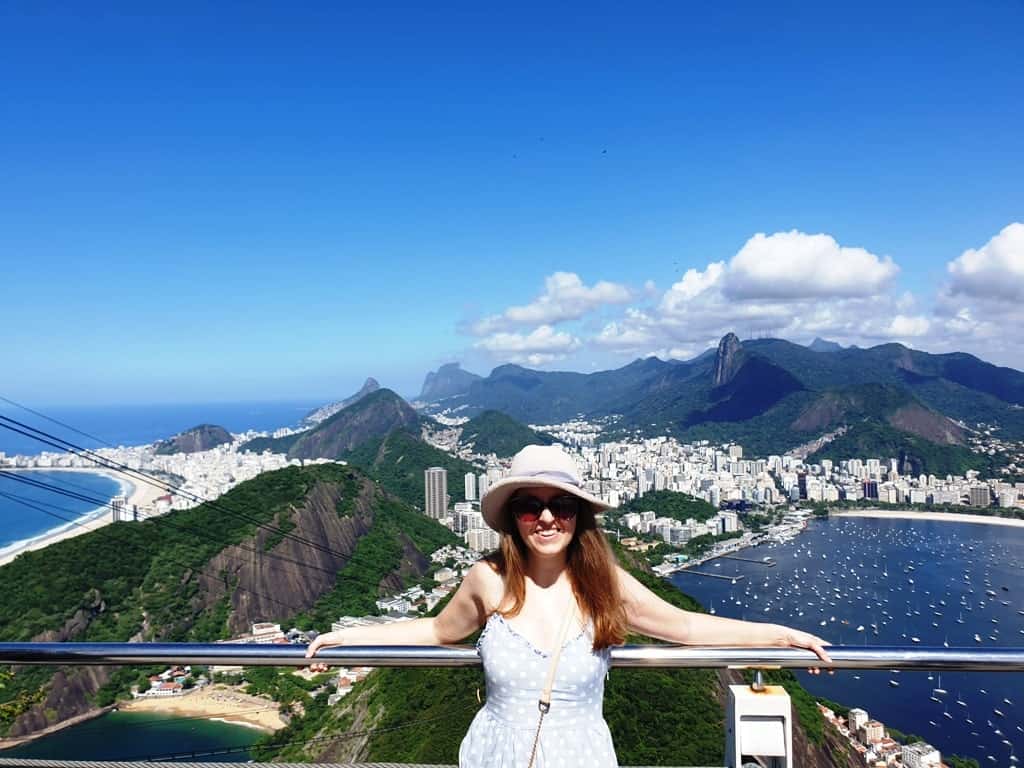
Passengers get on at the ground station at Morro da Babilonia and change at Morro da Urca.
Rio de Janeiro Botanical Garden
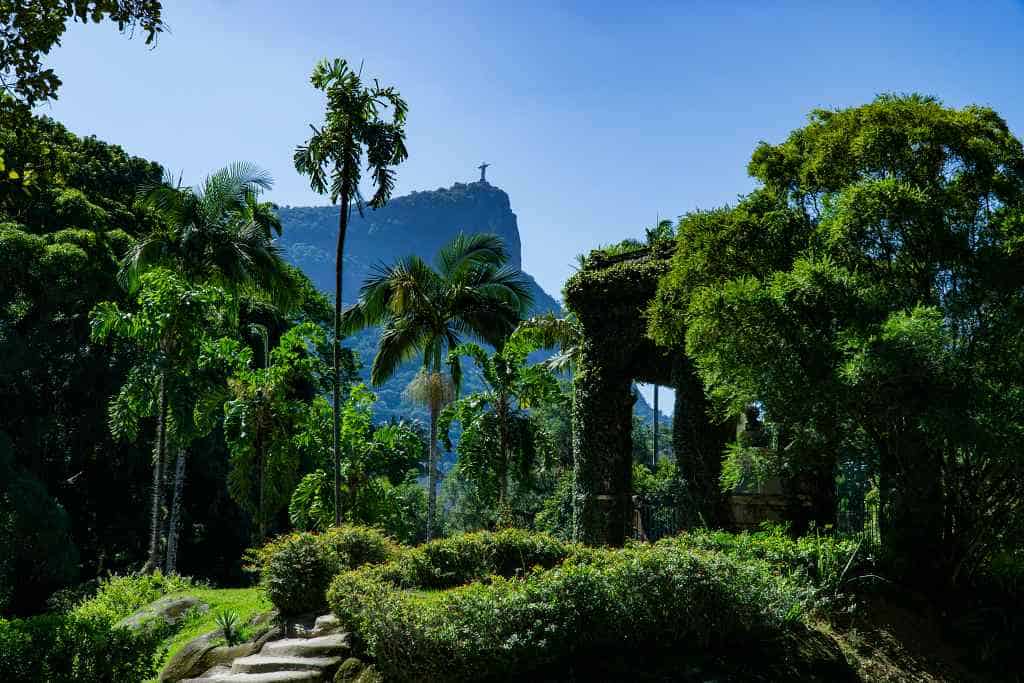
The Rio de Janeiro Botanical Garden is located in the Zona Sul at the base of Corcovado Mountain. It was commissioned in 1808 by the king of Portugal and was originally intended to grow spices. Today it contains more than 6,000 species of tropical and subtropical plants. The garden is open every day except Christmas and New Year.
Visit a Favela
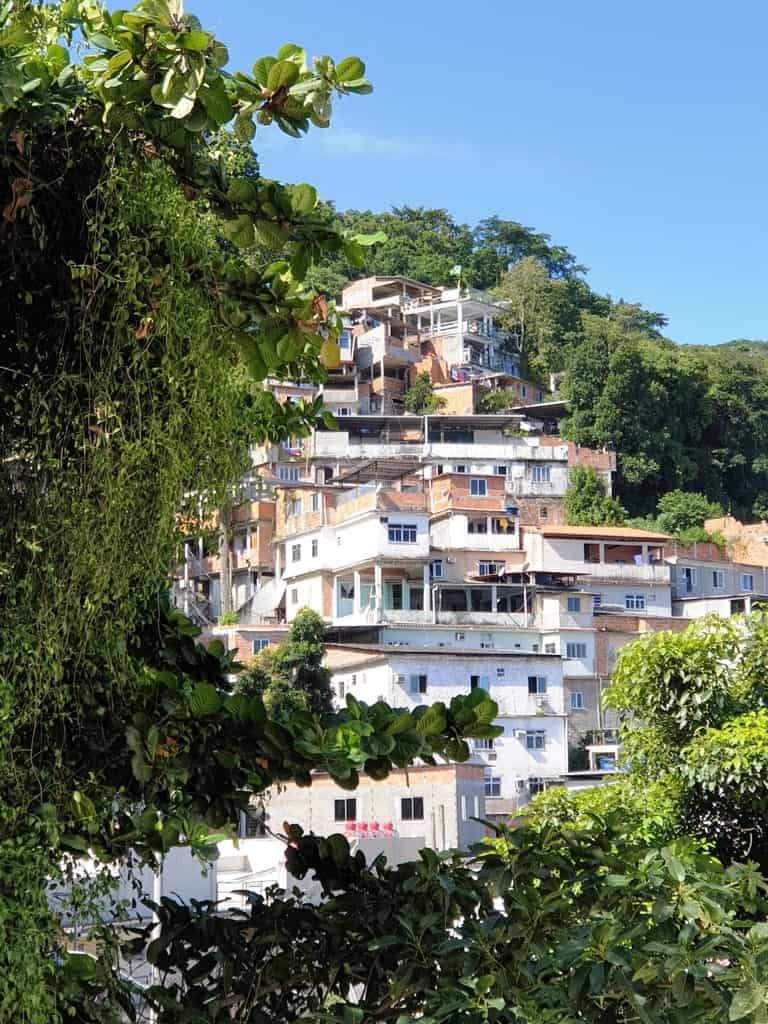
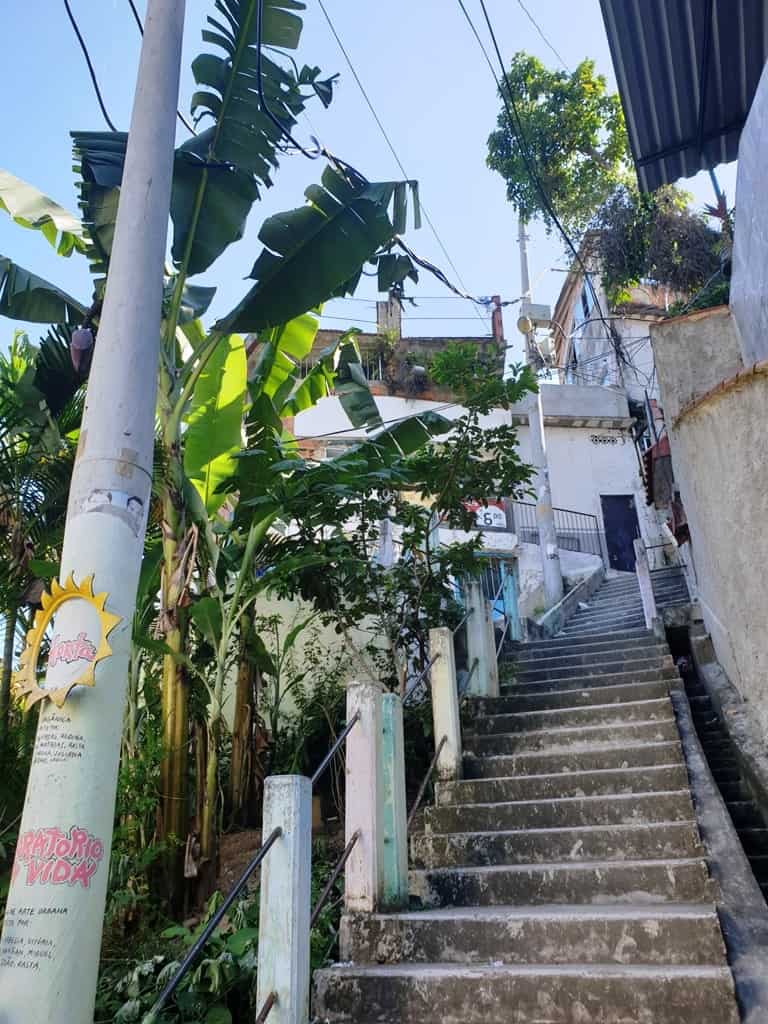
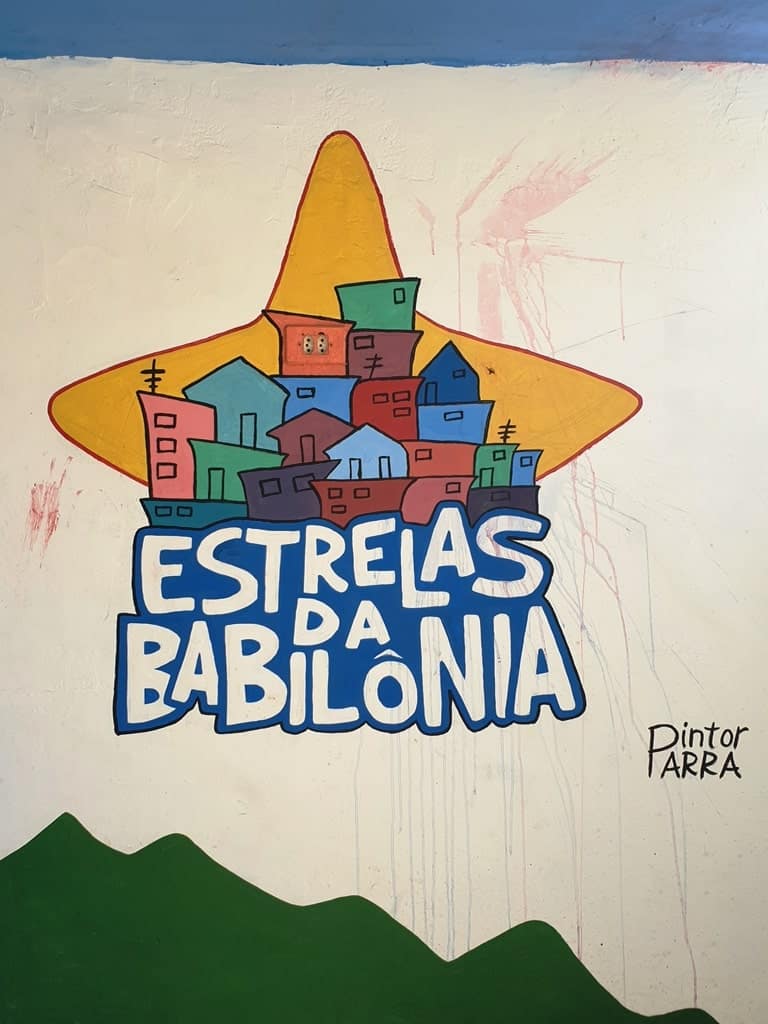
The best way to experience a favela, one of Rio’s infamous slum neighborhoods, is on tour with a local who lives in that favela. This way, the money you spend on a tour will go to the community you visit. Our guide lived in the Babilonia Favela, but another good choice is the Rocinha Favela.
Visit the Maracana Stadium
Maracana Stadium played host to the 1950 World Cup final between Brazil and Uruguay, the attendance at which remains the largest in the world at just under 200,000 attendees. The stadium today is where the Brazil national team plays select matches.
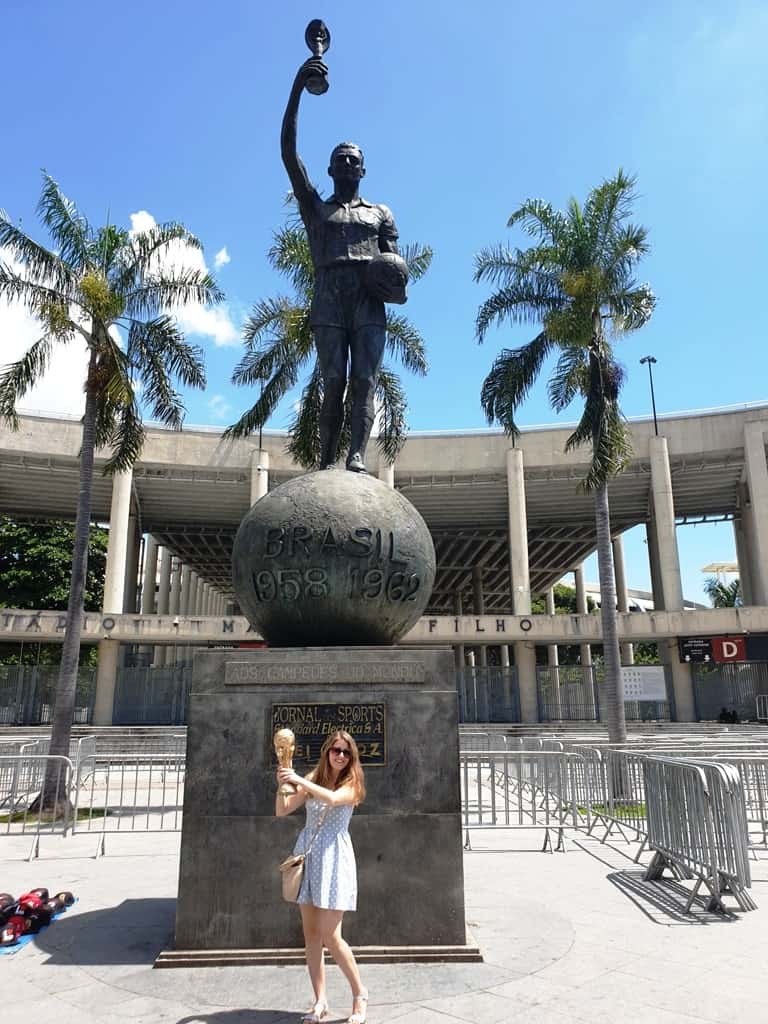
A behind the scenes tour of the stadium is the best way to experience the history and culture of Brazilian soccer. If you happen to be in town during a match, you can experience the mania for yourself.
Rio Scenarium
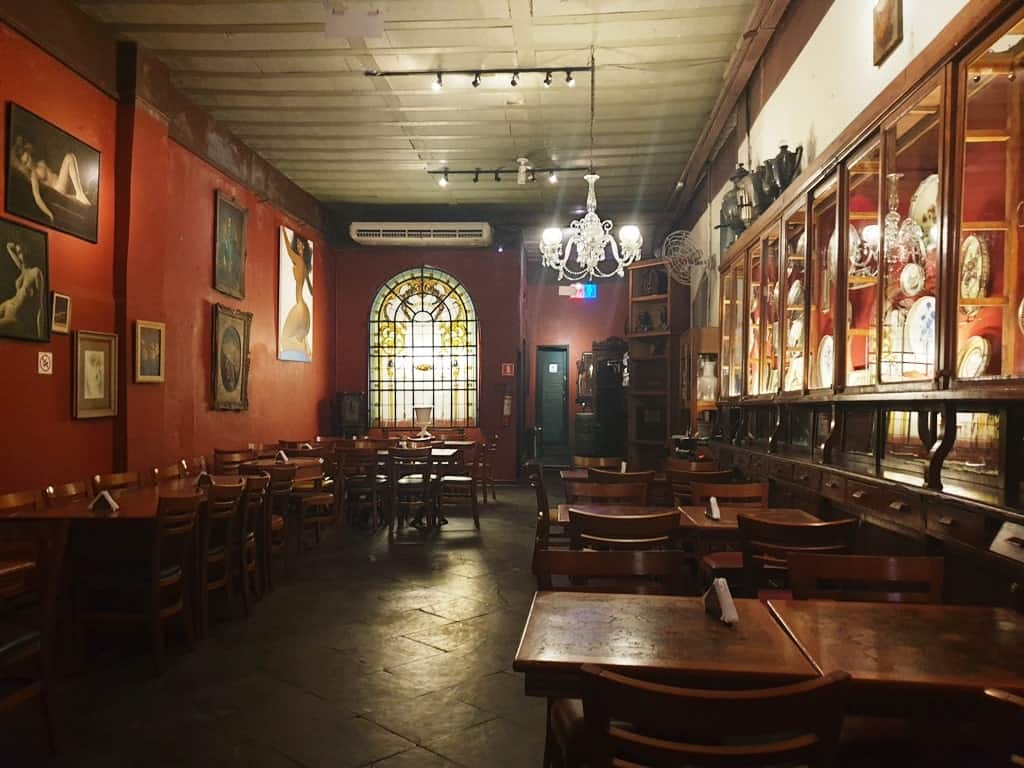
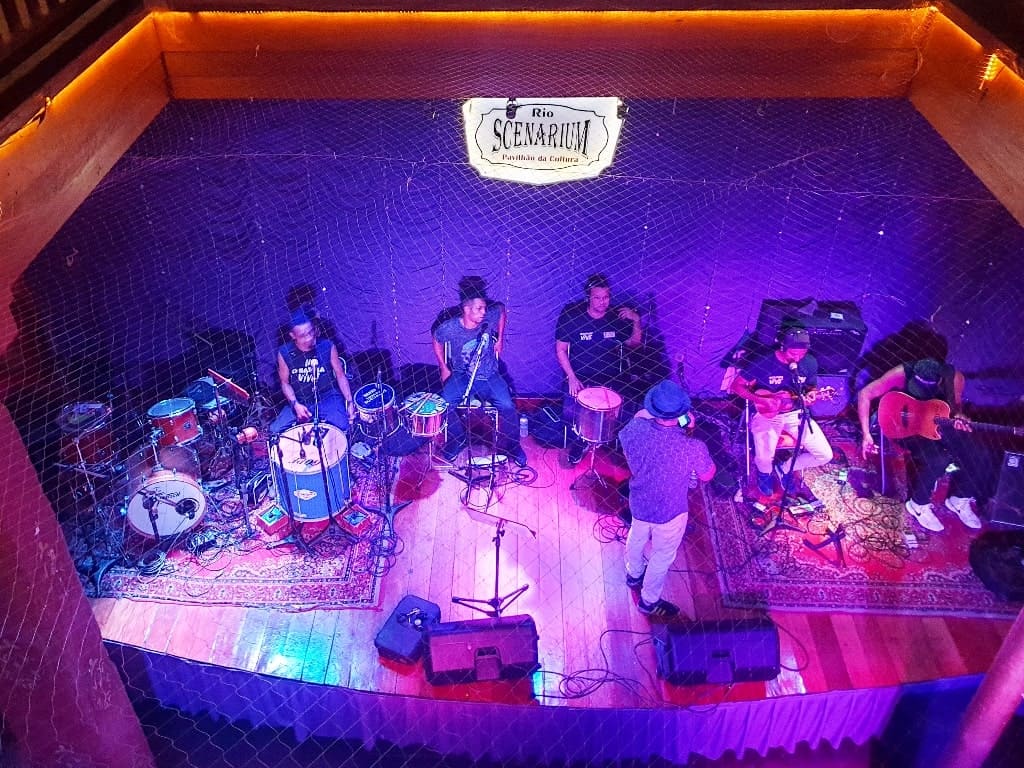
Dance the night away Rio-style at the Rio Scenarium. Once the house of a local family, it’s now a three-story dance hall and antique museum (they rent out personal furniture to television and film sets). The interior rooms are divided into dance rooms, lounges, and cocktail bars, all filled with personal objects from the family.
3 Days in Rio – Day Three
Escadaria Selarón
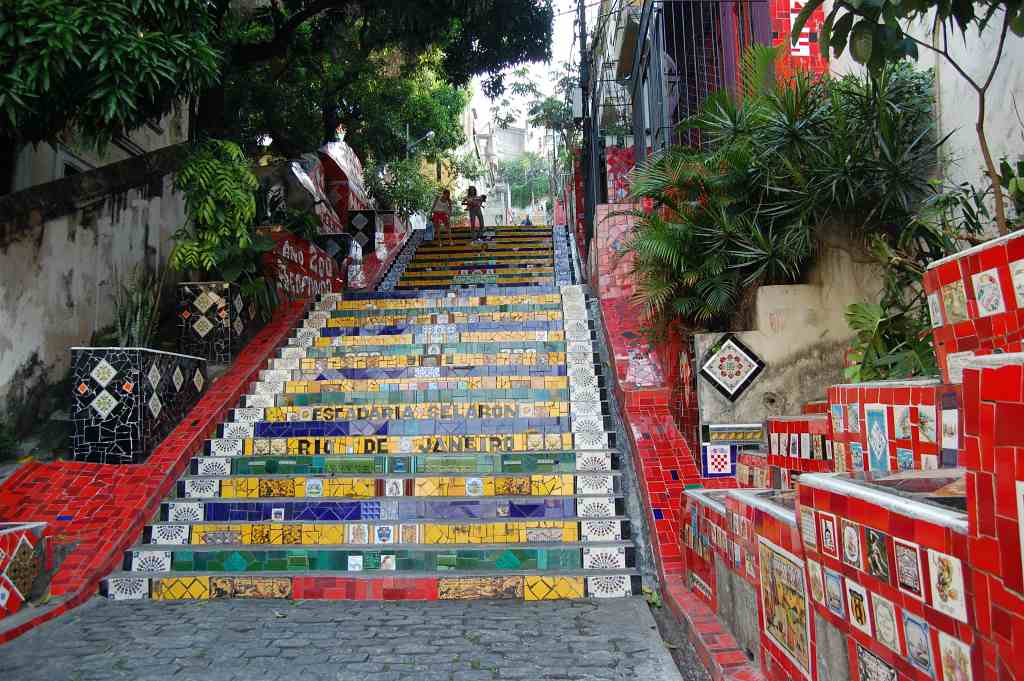
The Escadaria Selarón, also known as the Escalera, is a vibrant work of art by Chilean street artist Jorge Selarón in the Lapa neighborhood. It began as a project to beautify the staircase which connects the Lapa and Santa Teresa neighborhoods. Over the years, people have sent tiles to him for them to be added to the staircase.
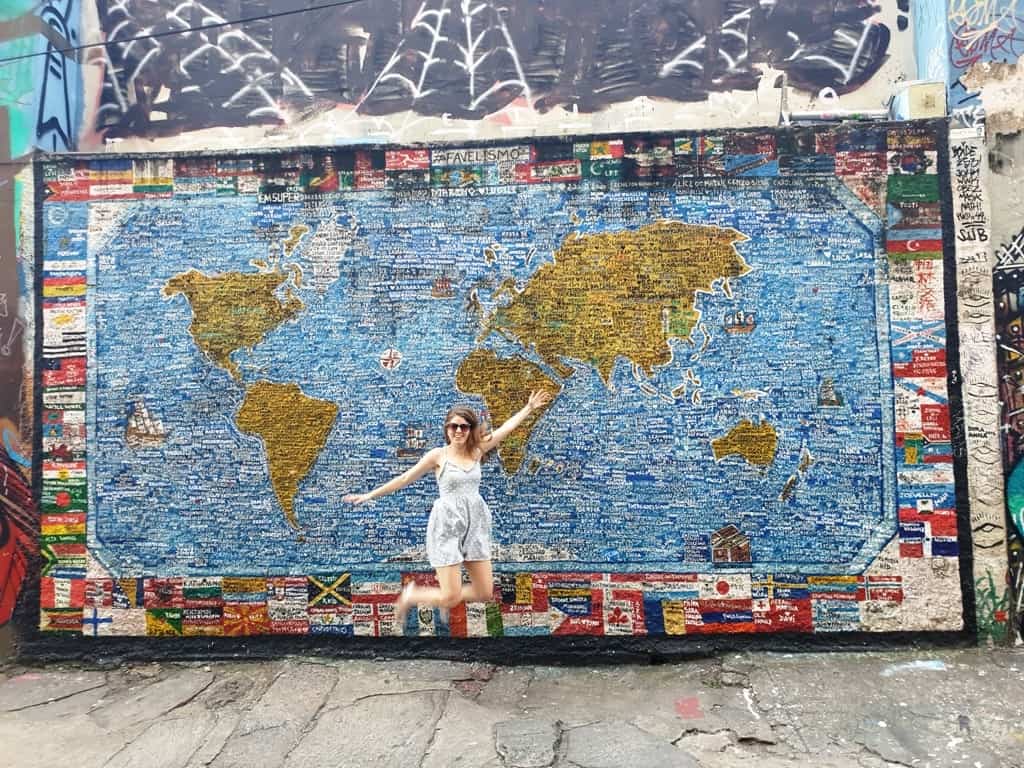
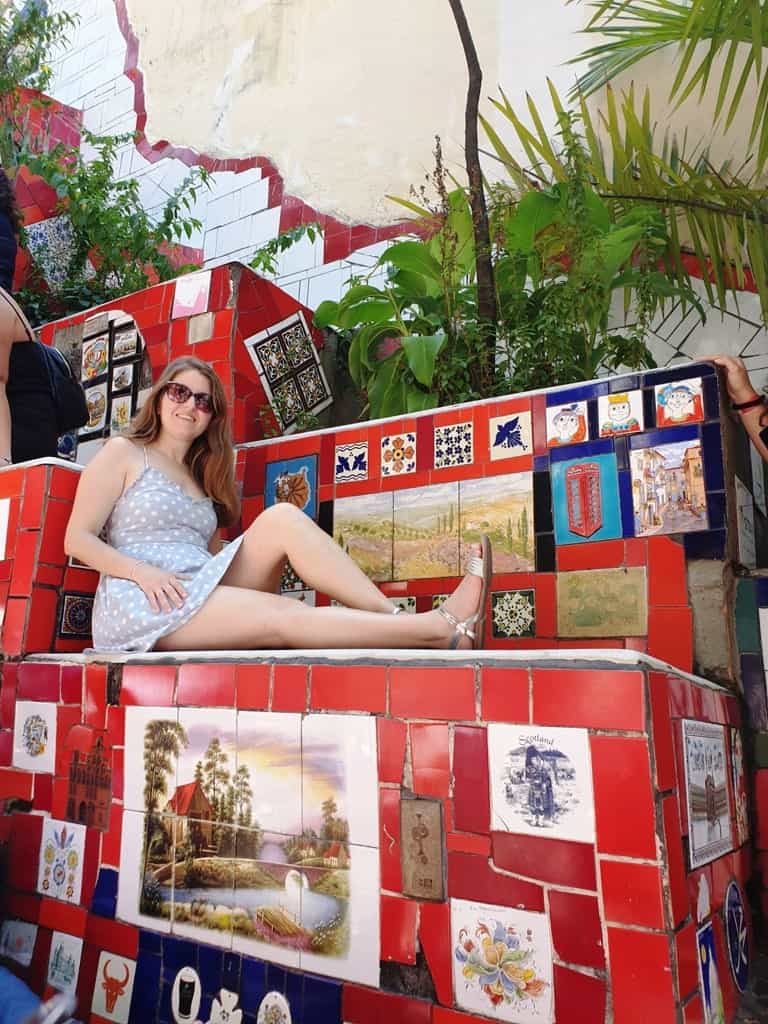
Today there are tiles from over 60 countries on the staircase, and according to Selaron, it is an evolving project that changes every so often as more tiles arrive from around the world.
Carioca Aqueduct
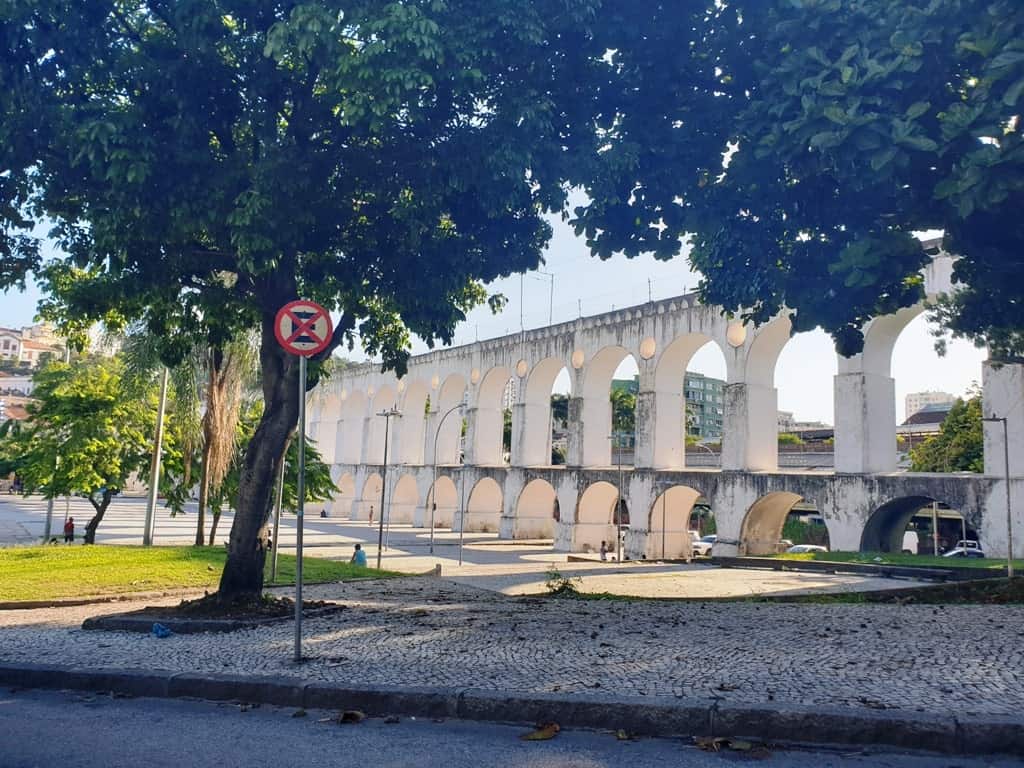
Built-in the early 1700s, the Carioca Aqueduct, or Arcos de Lapa, was designed to bring in drinking water from freshwater sources like the Carioca River. It was shut down in the late 1800s and in 1896 was repurposed to carry the tram from Santa Teresa.
Catedral Metropolitana de São Sebastião do Rio de Janeiro
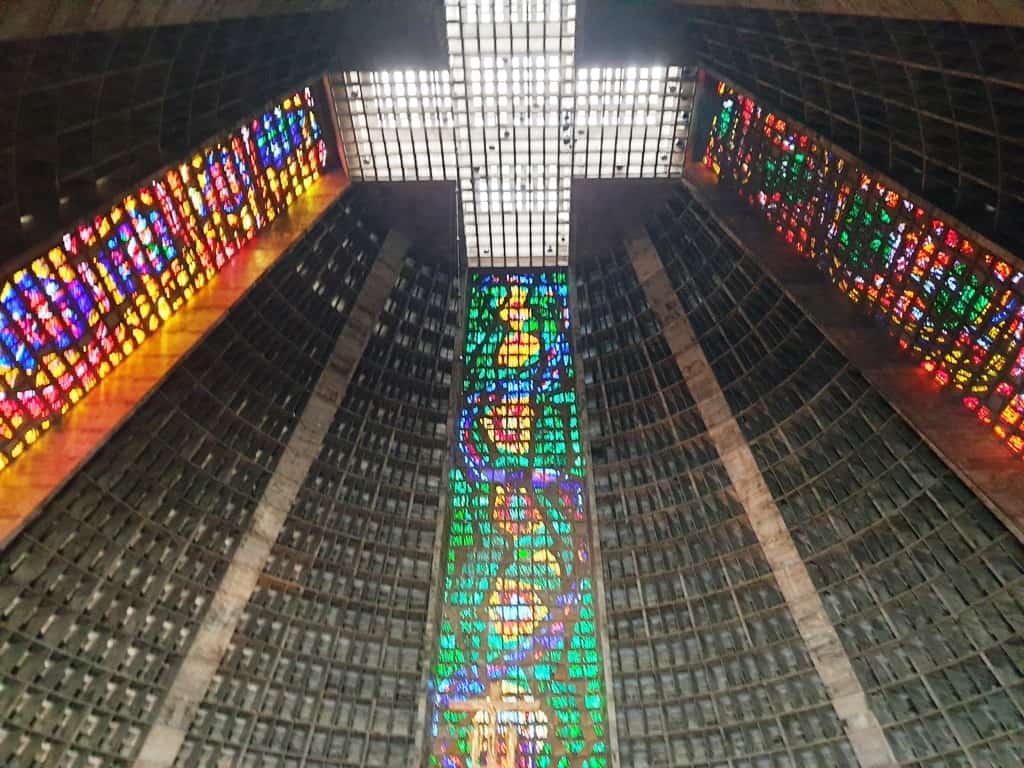
The Catedral Metropolitana de São Sebastião do Rio de Janeiro is the seat of the Roman Catholic Archbishop in Rio and replaced the Old Cathedral upon its completion in 1979.
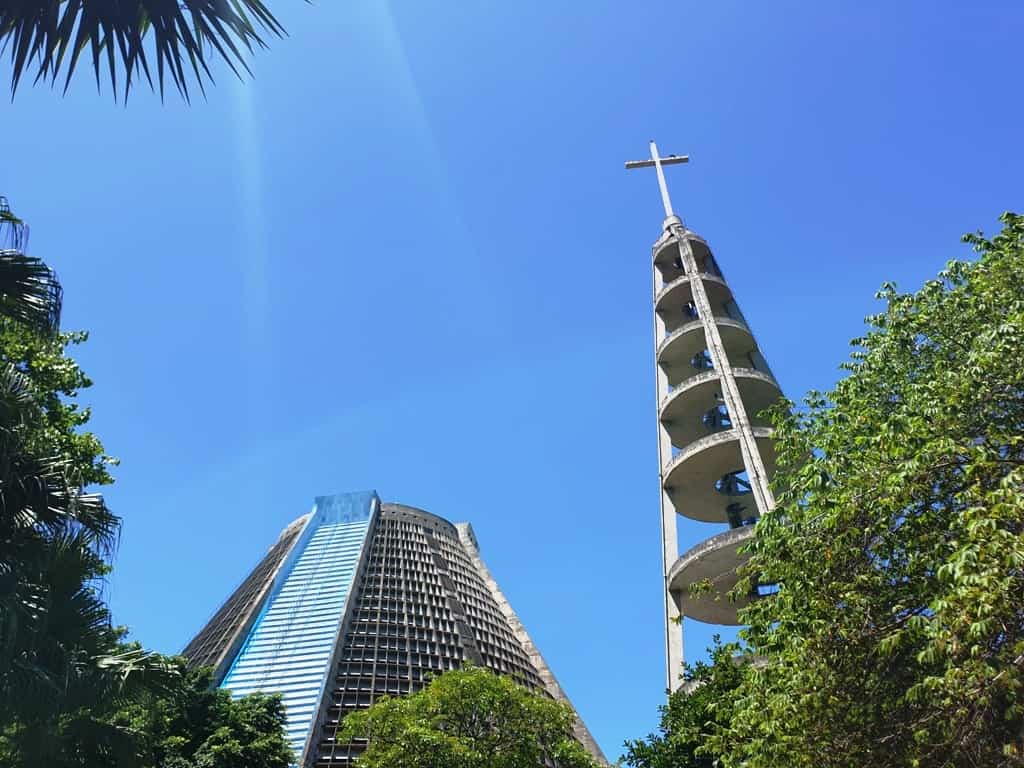
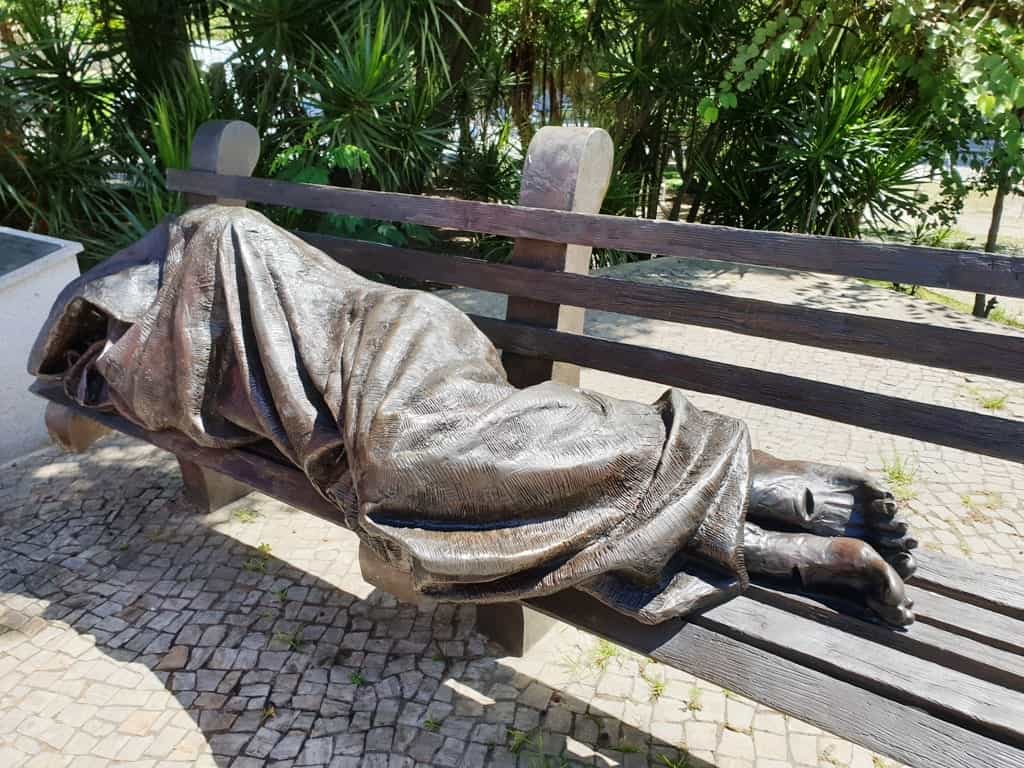
The cathedral is built in the style of a Mayan pyramid, though with a modern Le Corbusier twist, and has four floors to ceiling stained glass windows. The Modernist-style cathedral can hold 20,000 standing congregants, making it one of the largest cathedrals in the world.
Royal Portuguese Reading Room
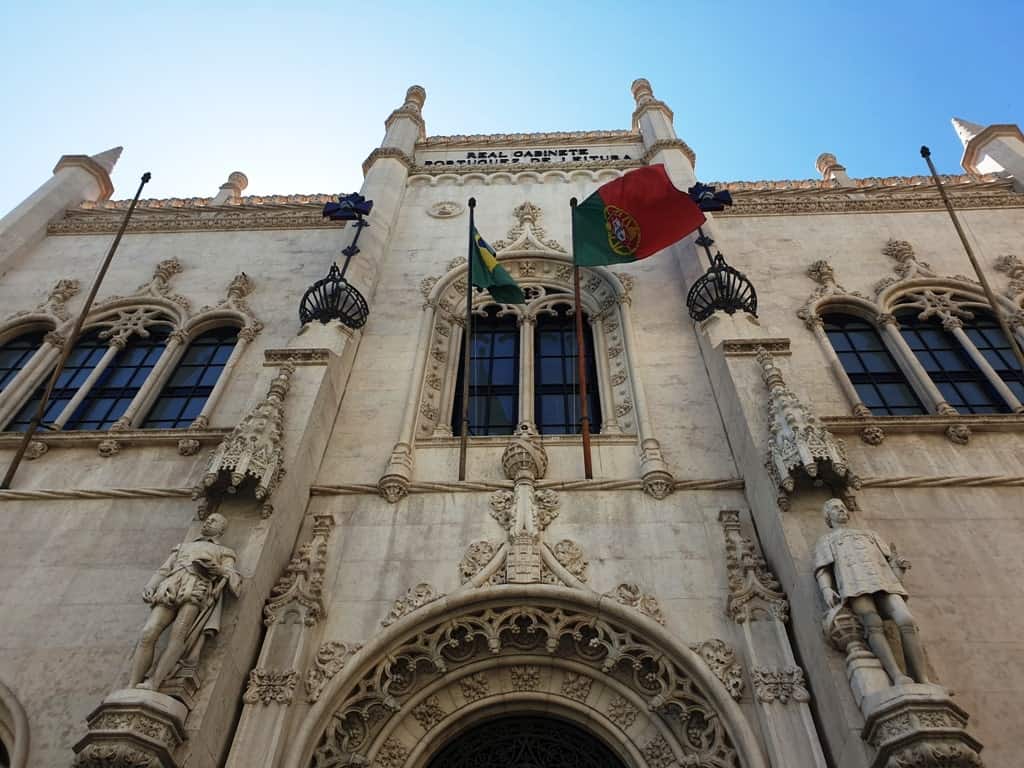
The Royal Portuguese Reading Room is one of the most impressive libraries in the world. Built-in 1822 by Portugues immigrants and filled with texts from Portugal, the library was opened to the public in 1887.
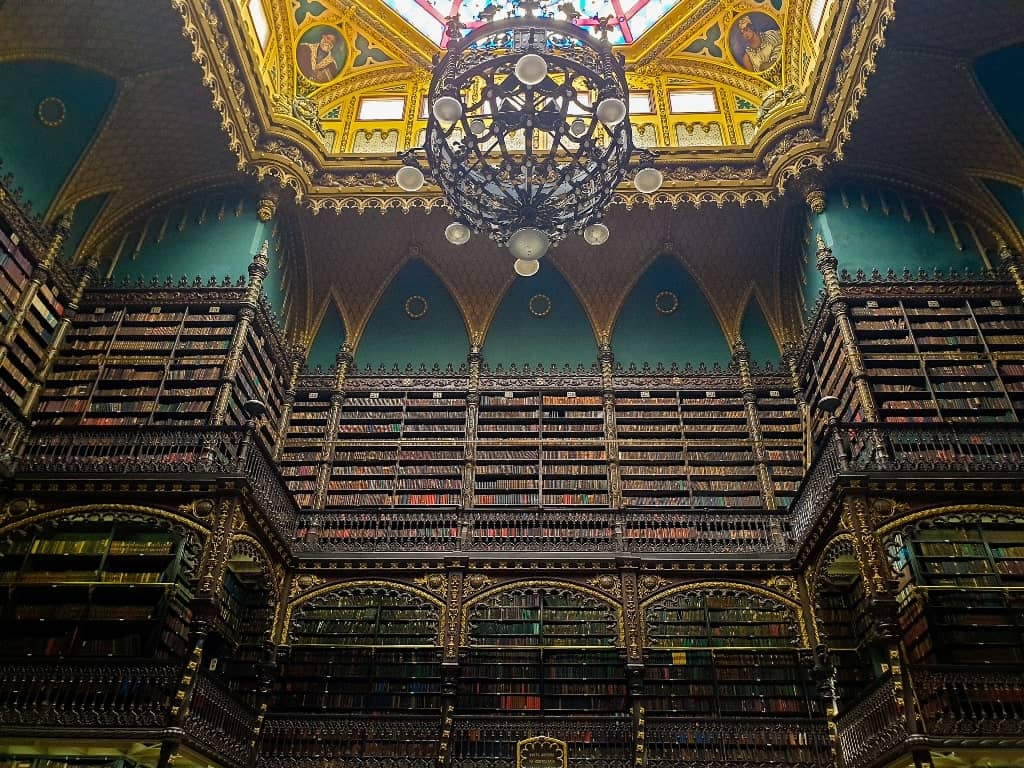
The interior is a Gothic-Renaissance style and rises three stories above the central reading room. Today there are over 400,000 works of literature and art, and the library is considered one of the best accumulations of Portuguese history and culture.
Cinelândia Square
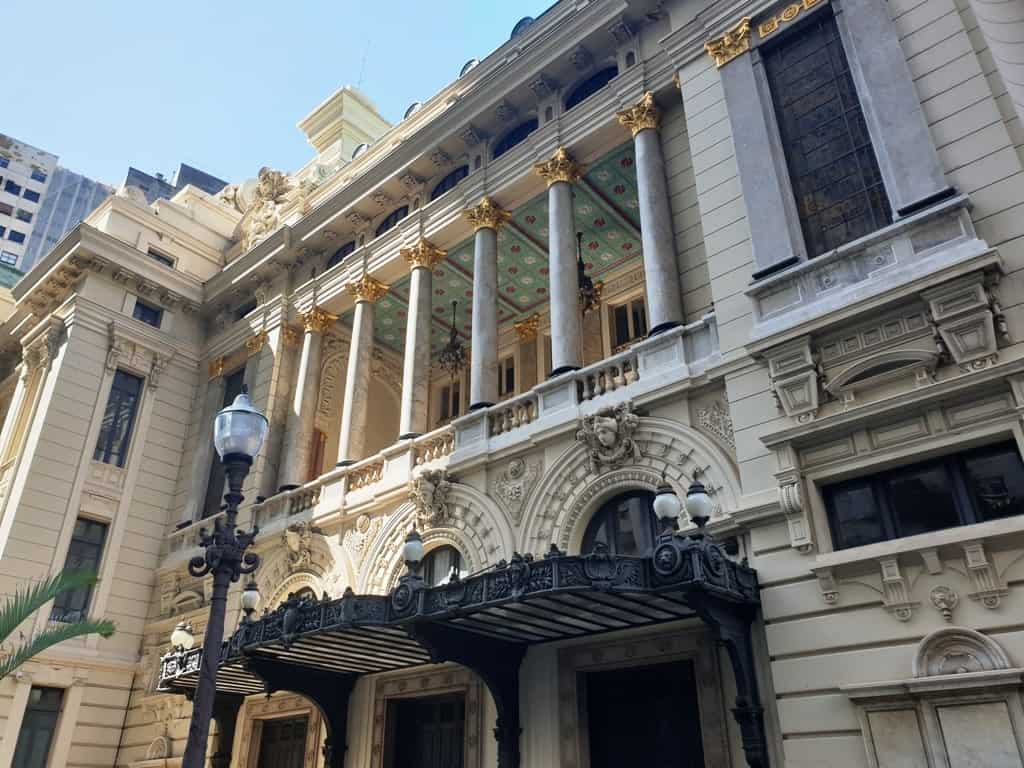
Cinelândia Square is a principal meeting place in Rio. The square’s official name is the Praça Floriano Peixoto, though locals do not refer to it as such. Cinelândia Square was built in the early 20th century as Rio began to construct monumental buildings in its status as the capital of Brazil.
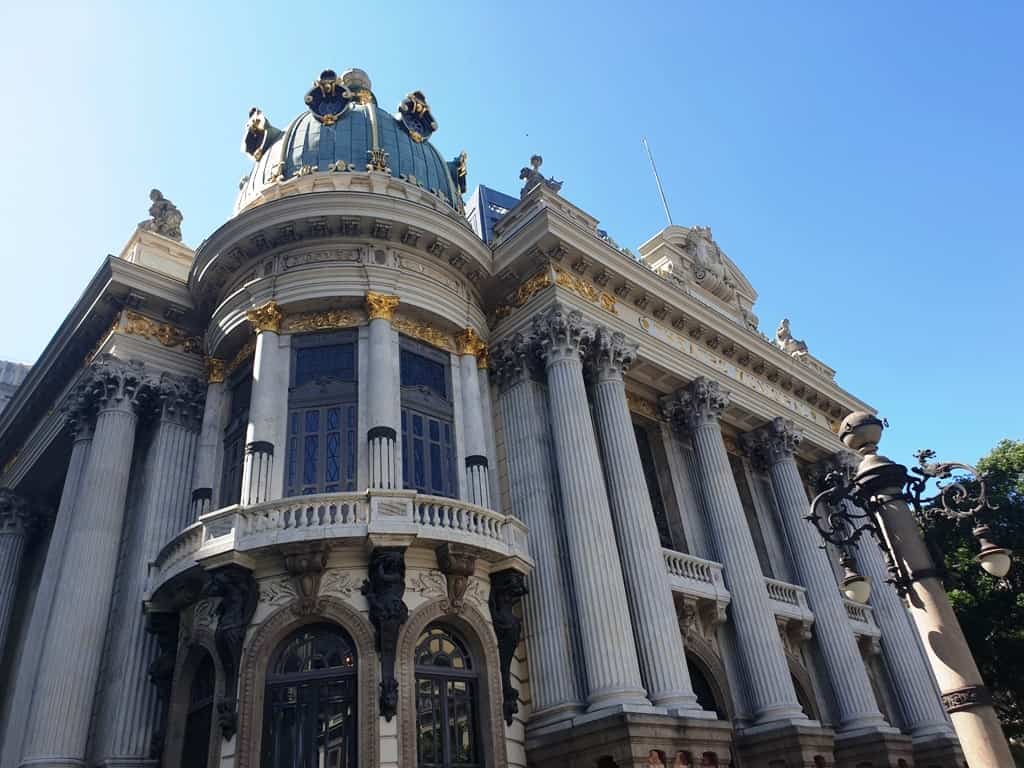
Today, the only significant buildings that remain are the Municipal Theater of Rio de Janeiro, Museu Nacional de Belas Artes, and the Fundação Biblioteca Nacional.
Praça Quinze de Novembro
Praça Quinze de Novembro is an old square in the center of Rio. It was named for the date of Brazil’s independence. Some of the surrounding buildings include the Imperial Palace Cultural Center, and Arco do Teles. The square hosts an antique market on Saturdays.
Centro Cultural Banco do Brasil Rio de Janeiro
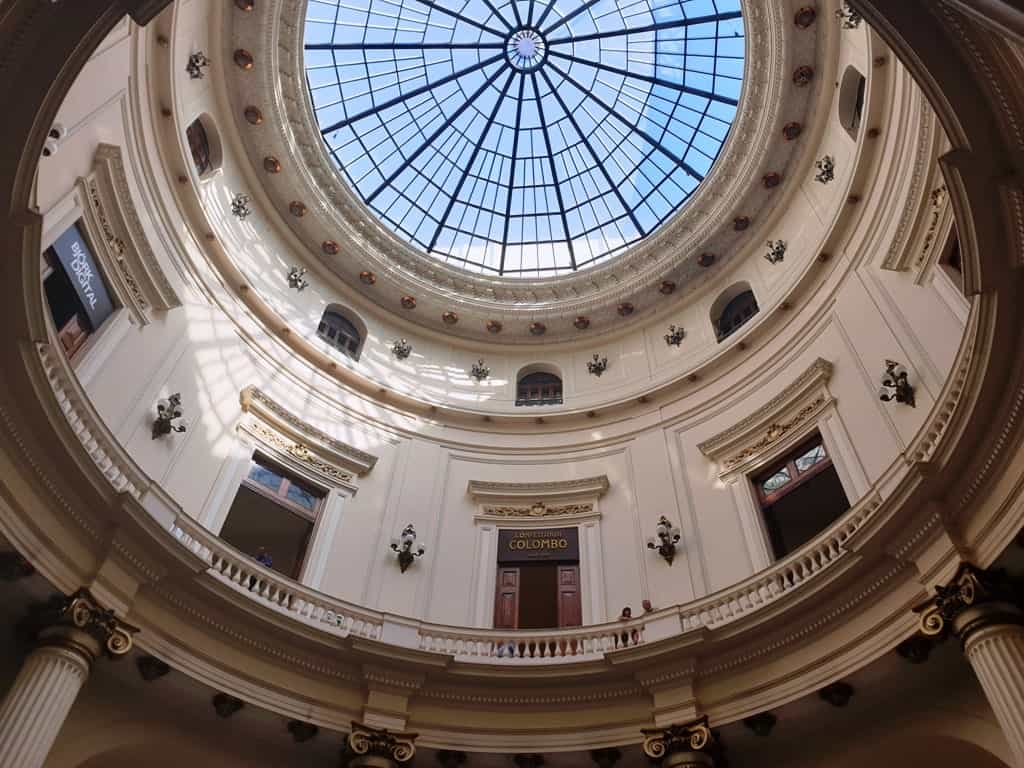
The Centro Cultural Banco do Brasil Rio de Janeiro is a cultural center. There are cultural Bancos in São Paulo, Brasilia, Rio, and Belo Horizonte; the one in Rio is the largest. The museum is located within an Art Deco building and houses several galleries, theatres, and cinemas.
Igreja de Nossa Senhora da Candelária
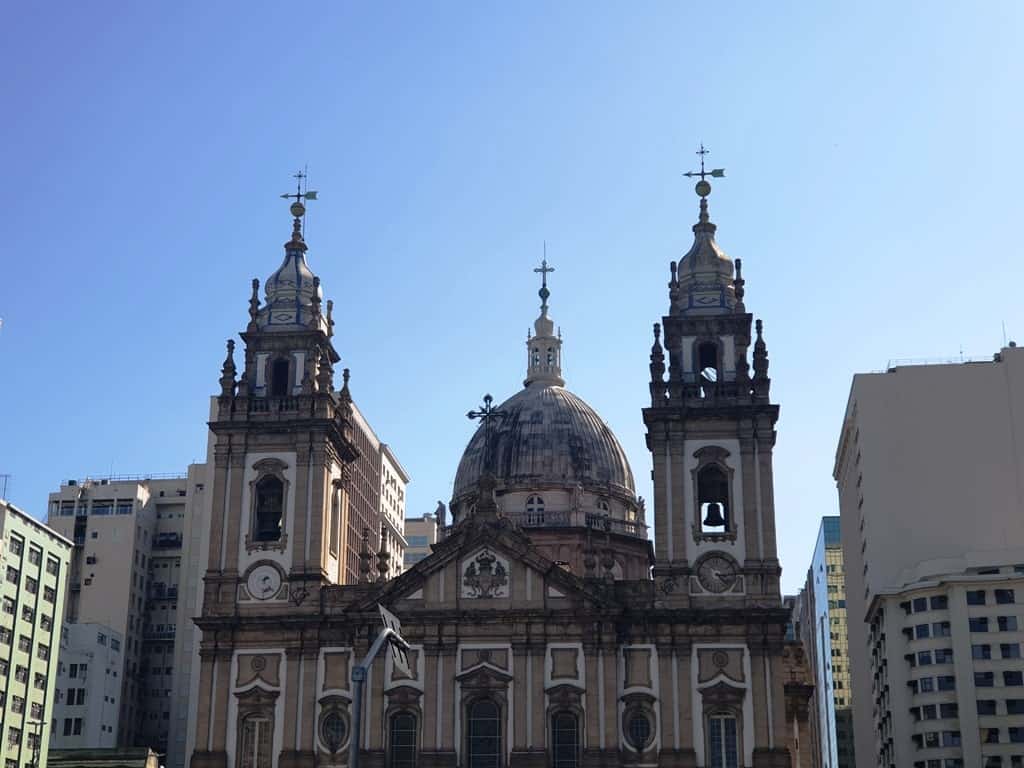
Igreja de Nossa Senhora da Candelária, or Candelária Cathedral, is a Baroque cathedral in the old center of Rio. A small chapel was supposedly named in the 1600s as gratitude for the survival of a small ship, the Candelaria, and was enlarged over the centuries into the Baroque cathedral it is today.
São Bento Monastery
The São Bento Monastery is located in downtown Rio. It was founded in 1590 by Benedictine monks from Bahia, Portugal, and is still operational today. The monastery and adjacent college and seminary are fine examples of Portuguese colonial architecture.
Museum of Tomorrow
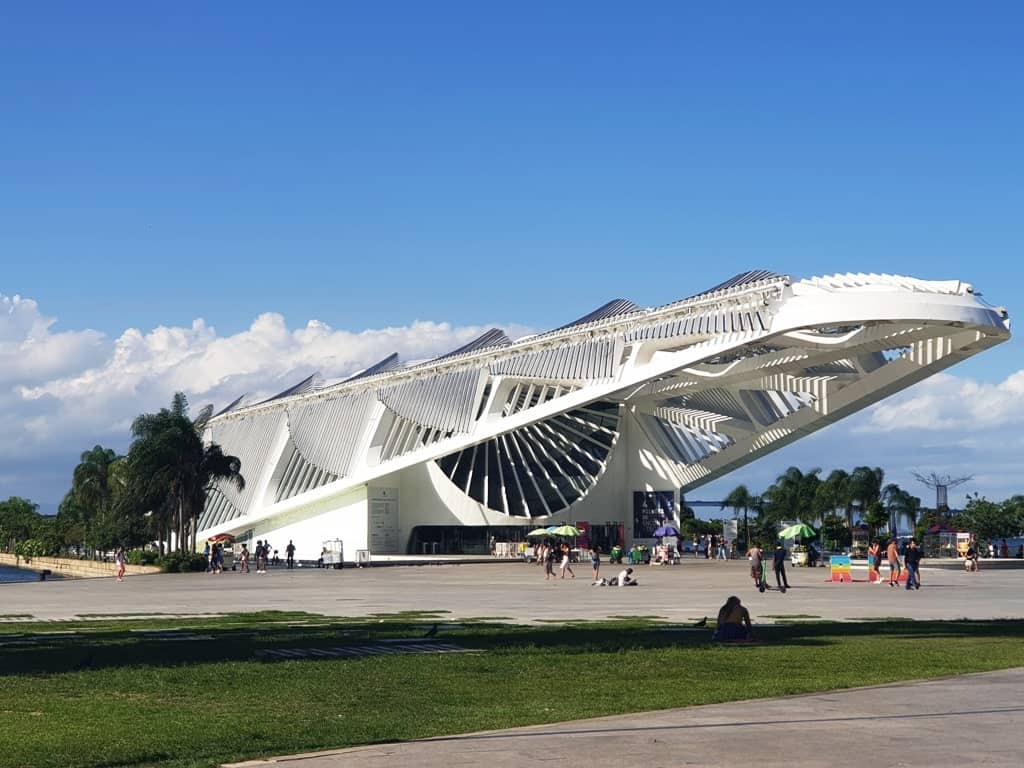
The futuristic Museum of Tomorrow is located at the waterfront in the old city center. Designed by neo-futuristic architect Calatrava, the museum takes visitors through our history through innovative interactive exhibits that are more about ideas than about objects. There are five main areas: Cosmos, Earth, Anthropocene, Tomorrow, and Us, all designed to introduce us to the future of an ecological world.
Rio Art Museum
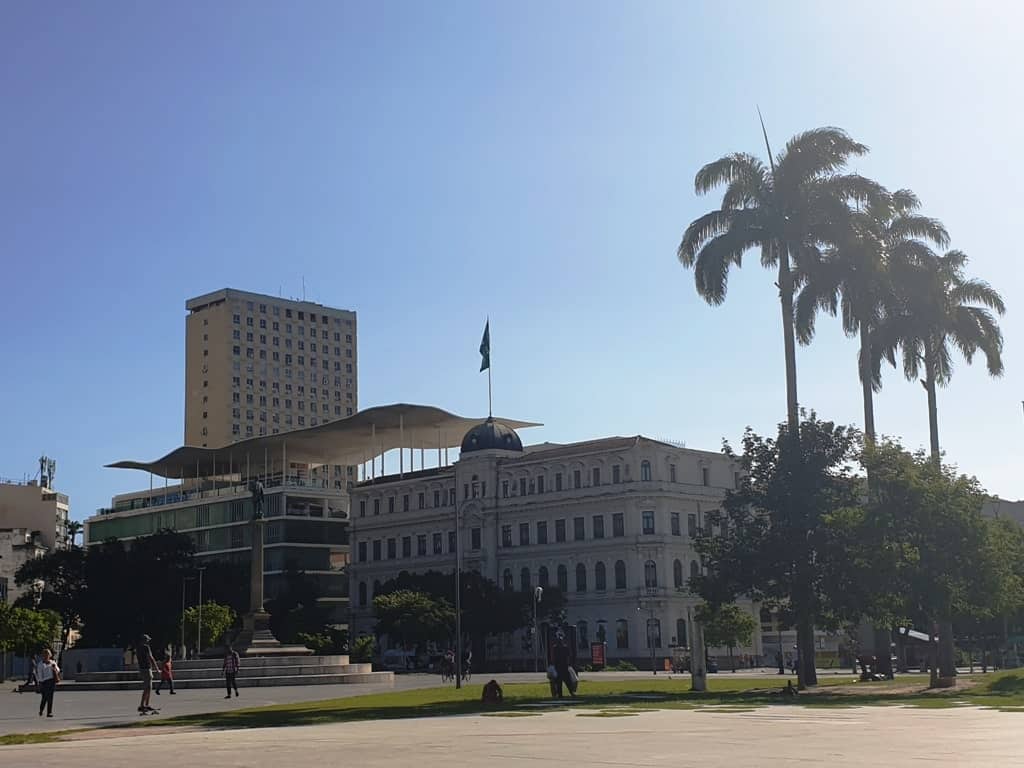
The Museum of Art showcases Brazilian art, from sculptures to photography. In addition to permanent exhibits of local artists, the museum also offers temporary exhibitions. It is located in a series of three buildings along the waterfront that were repurposed and interconnected to form this fascinating museum.
Largest Street Art Mural in the World
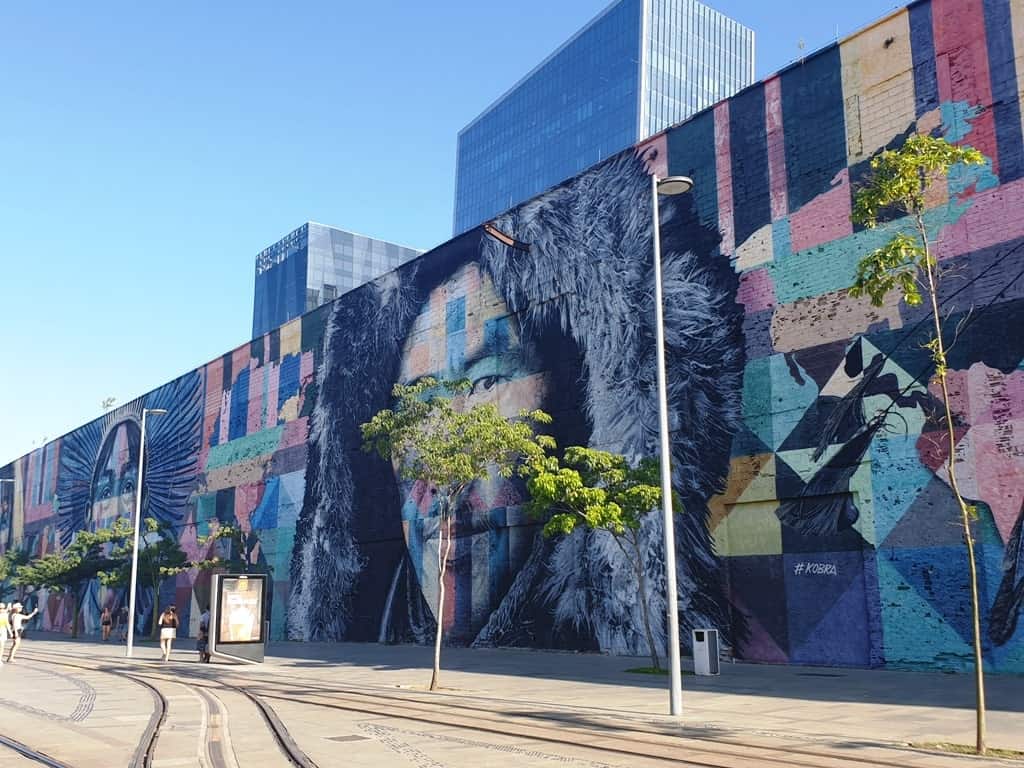
The Largest Street Art Mural in the World is a remnant of the 2016 Olympic Games. It is located along the Rio waterfront and stretches for nearly 560 feet. The mural by Eduardo Kobra was commissioned by the IOC and depicts a person from the indigenous communities in Europe, Asia, Africa, America, and Oceania.
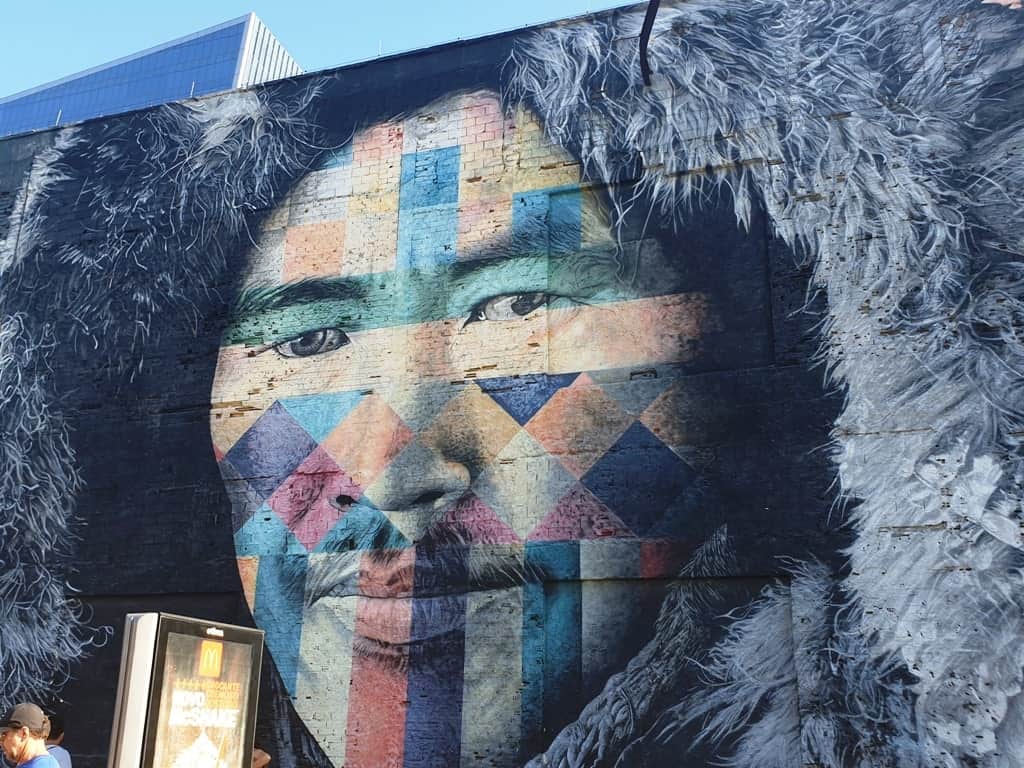
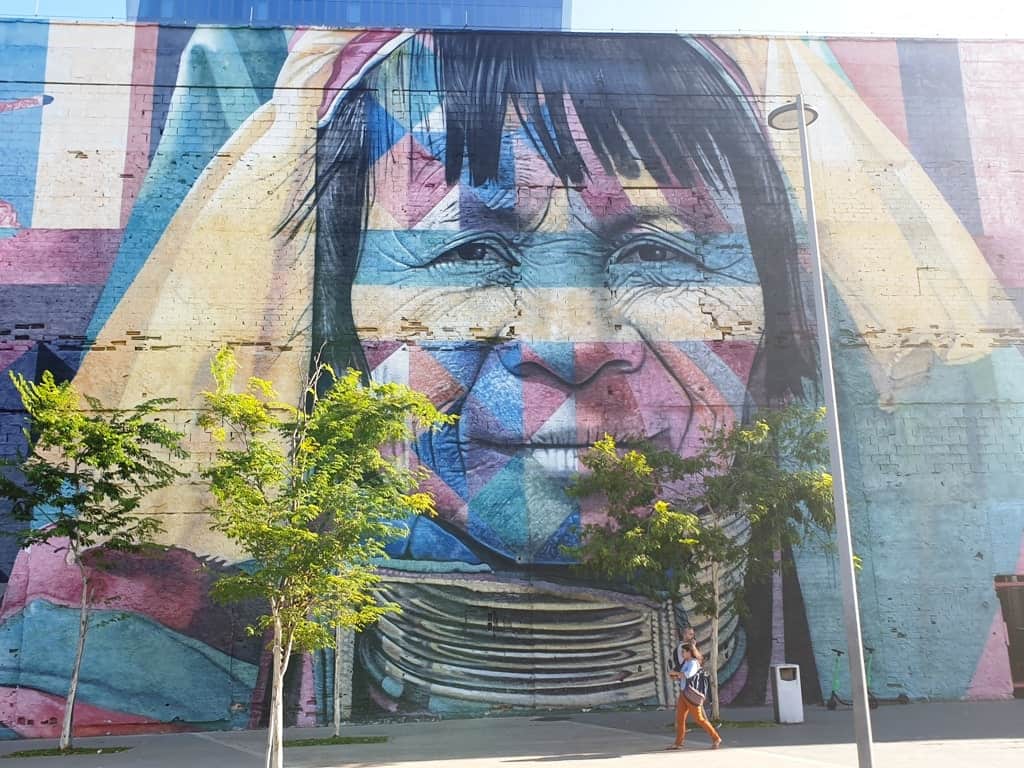
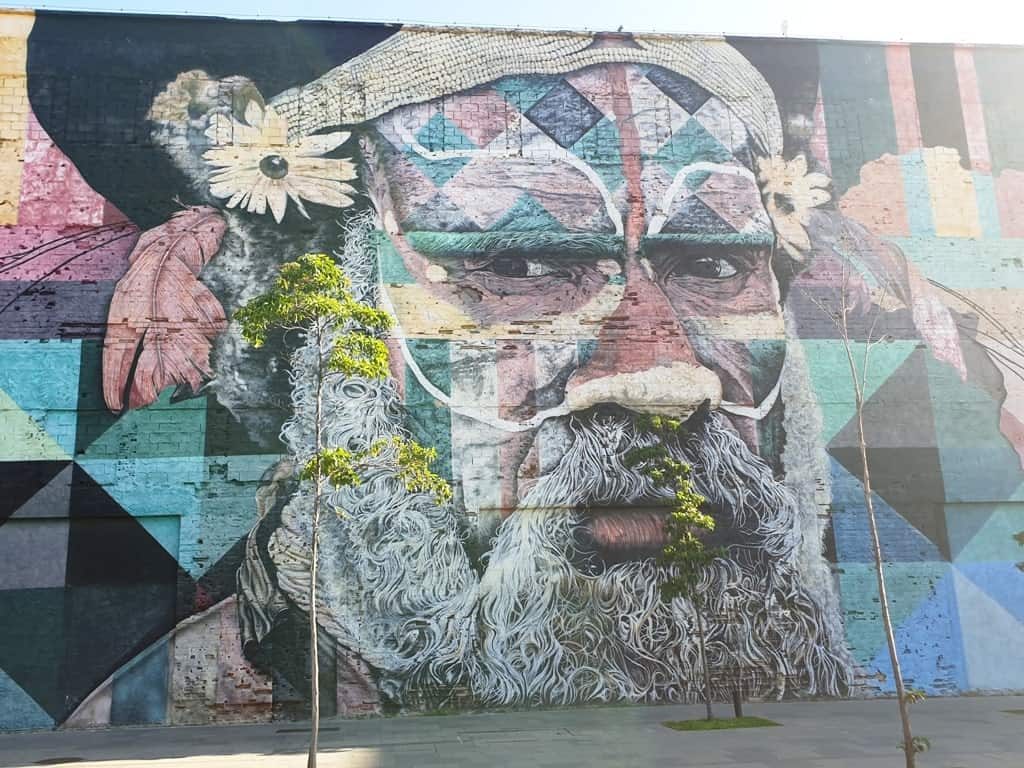
The title, We Are One, or Etnias (Ethnicities) reminds us that we as humans are all connected.
Confeitaria Colombo
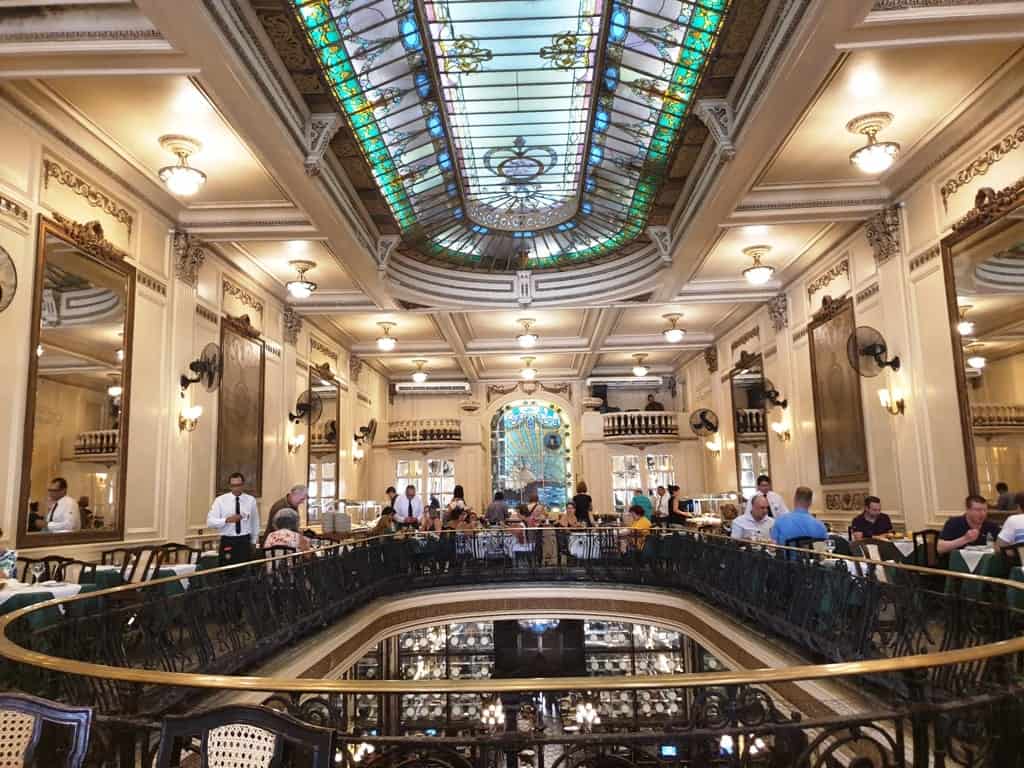
While in the center you can have a fantastic, inexpensive, lunch at the Confeitaria Colombo. Located at R. Uruguaiana, Centro, Rio de Janeiro, the Confeitaria has been a Rio institution for over 100 years. In addition to the lunch buffet menu, there is also a breakfast buffet and a tea schedule. All menus change daily.
Where to Stay in Rio
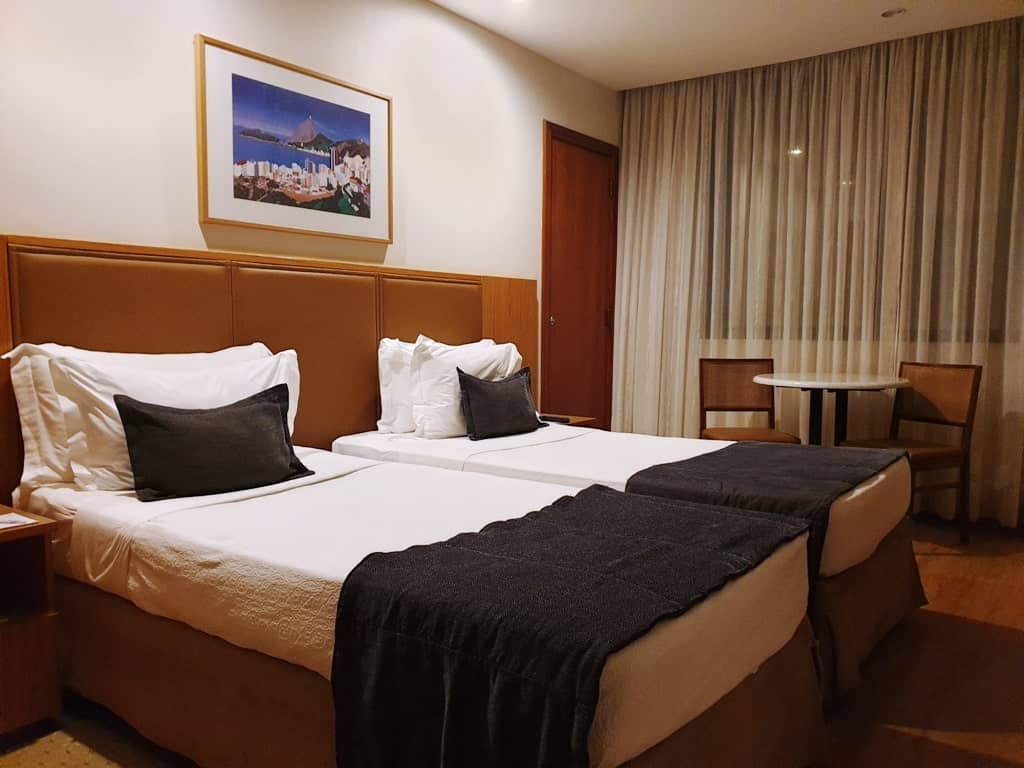
The Windsor Excelsior Hotel is located at Copacabana Beach within walking distance to all the major attractions. The four-star hotel features spacious and comfortable rooms with modern amenities. Guests may also use the pool, fitness center, sauna, and beach facilities.
Click here for more information and to check the latest prices.
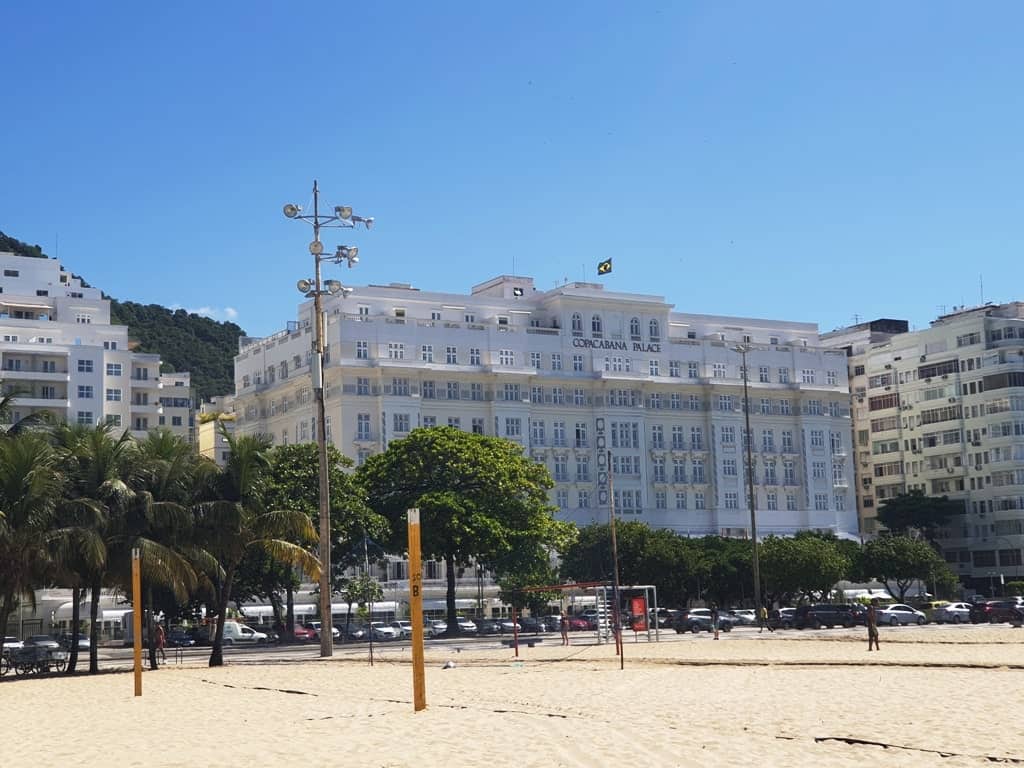
The Belmond Copacabana Palace is an Art Deco jewel and grande dame of Copacabana. Opened in 1923, the hotel has long entertained the rich and famous. In addition to the five-star service and room selection, the hotel also has the best seat in the house for all of Copacabanas’s vibrant events.
Click here for more information and to check the latest prices.

